Hail To The Chiefs (Some Of Them)
It's one of the hardest jobs in the world, as well as the most powerful, and as of 2025, 45 men have done it (no women yet)—some a whole lot better than others.
Methodology
Over the decades, there have been many attempts to rank the presidents and rather than pick one, we've picked the three most recent and comprehensive rankings and used them all to create a most thorough ranking from best to worst (based on the president's average position on all three).
American Political Science Association (APSA): The poll of political scientists specializing in the American presidency has been taken in 2015, 2018, and 2024 (we have used the 2024 results for this ranking).
Siena College Research Institute: The Siena ranking is determined by surveys collected from historians, political scientists, and presidential scholars in a range of attributes, abilities, and accomplishments. They have conducted seven such rankings since 1982. For our purposes, we have used their 2022 rankings.
C-SPAN: The C-SPAN Survey of Presidential Leadership asks historians and biographers to rank each president in 10 categories of presidential leadership: Public Persuasion, Crisis Leadership, Economic Management, Moral Authority, International Relations, Administrative Skills, Relations with Congress, Vision/Setting An Agenda, Pursued Equal Justice for All, and Performance Within the Context of His Times. The 2021 survey is the one we will be using here.
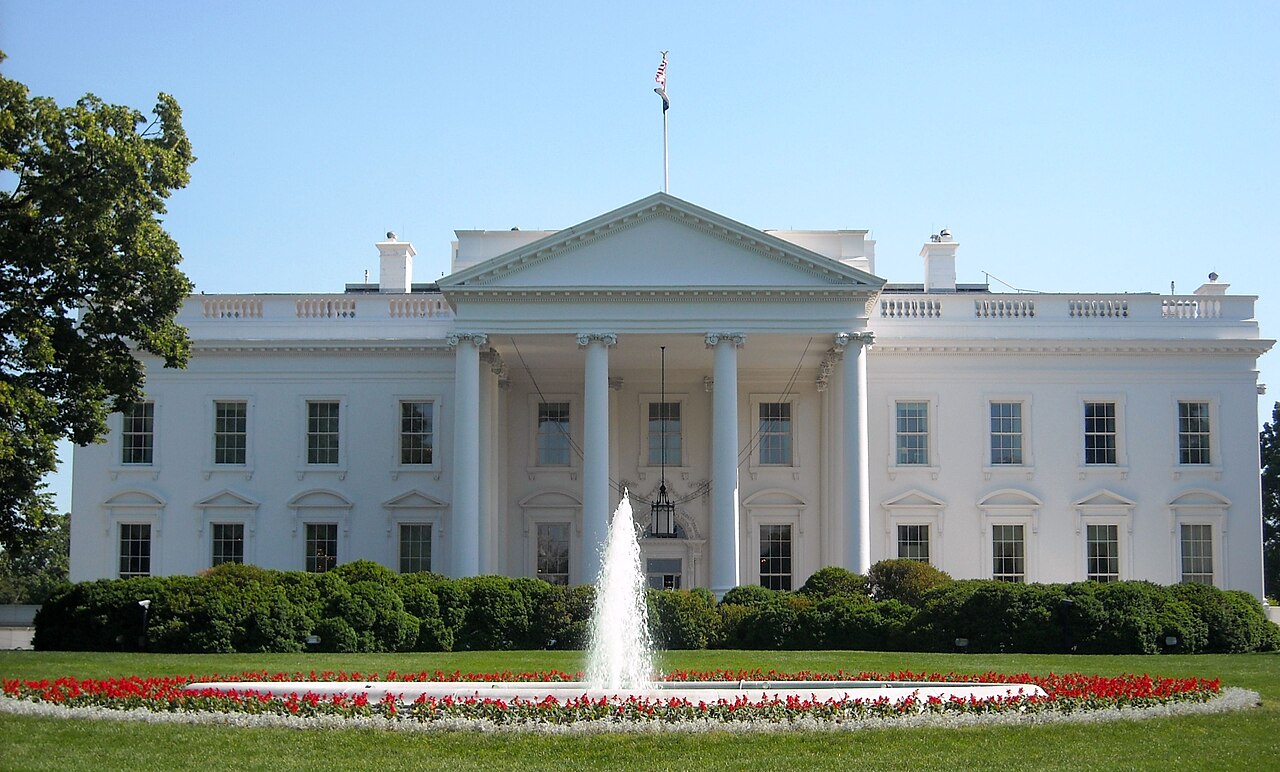 AgnosticPreachersKid, CC BY-SA 3.0, Wikimedia Commons
AgnosticPreachersKid, CC BY-SA 3.0, Wikimedia Commons
1: Abraham Lincoln
Served: March 4, 1861—April 15, 1865
Average Rank: 1.33
APSA: 1
Siena: 2
C-SPAN: 1
The man who led America through the Civil War and signed the Emancipation Proclamation is probably not a surprise in the number one spot.
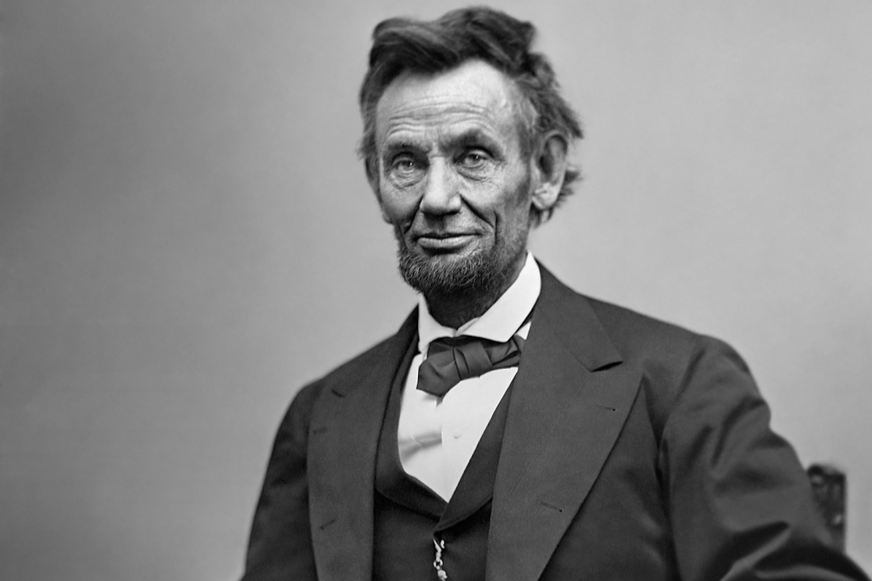 Library of Congress, Wikimedia Commons
Library of Congress, Wikimedia Commons
2: Franklin D Roosevelt
Served: March 4, 1933—April 12, 1945
Average Rank: 2.0
APSA: 2
Siena: 1
C-SPAN: 3
The longest-serving President in history, FDR was first elected during The Great Depression and is the only President elected to more than two terms (passing away in office at the start of his fourth term).
 Vincenzo Laviosa, Wikimedia Commons
Vincenzo Laviosa, Wikimedia Commons
3: George Washington
Served: April 30, 1789—March 4, 1797
Average Rank: 2.66
APSA: 3
Siena: 3
C-SPAN: 2
A Founding Father and the first President of The United States, Washington fought for the constitution and stepped down voluntarily after his second term—setting a precedent that would be made law with the 22nd amendment.
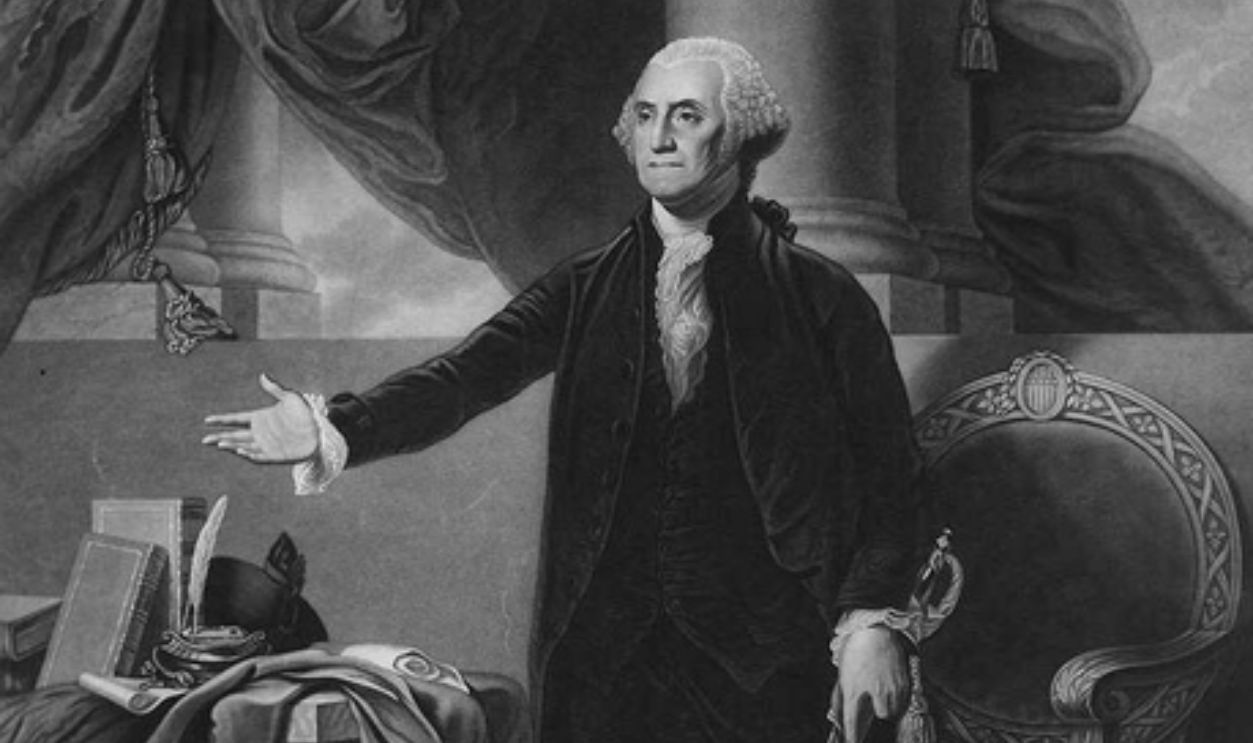 Gilbert Stuart, Wikimedia Commons
Gilbert Stuart, Wikimedia Commons
4: Theodore Roosevelt
Served: September 14, 1901—March 4, 1909
Average Rank: 4
APSA: 4
Siena: 4
C-SPAN: 4
Roosevelt was 42 years old when he assumed the presidency. Still the youngest President ever, Teddy had a maturity and authority beyond his years. He was also a big naturalist and the country saw a major expansion of its national parks during his two terms in office.
 Pach Brothers, Wikimedia Commons
Pach Brothers, Wikimedia Commons
5: Thomas Jefferson
Served: March 4, 1801—March 4, 1809
Average Rank: 5.66
APSA: 5
Siena: 5
C-SPAN: 7
The third President of the United States, Jefferson had already been the primary author of the Declaration of Independence and served as the first US Secretary of State (under Washington) before adding President to his resume.
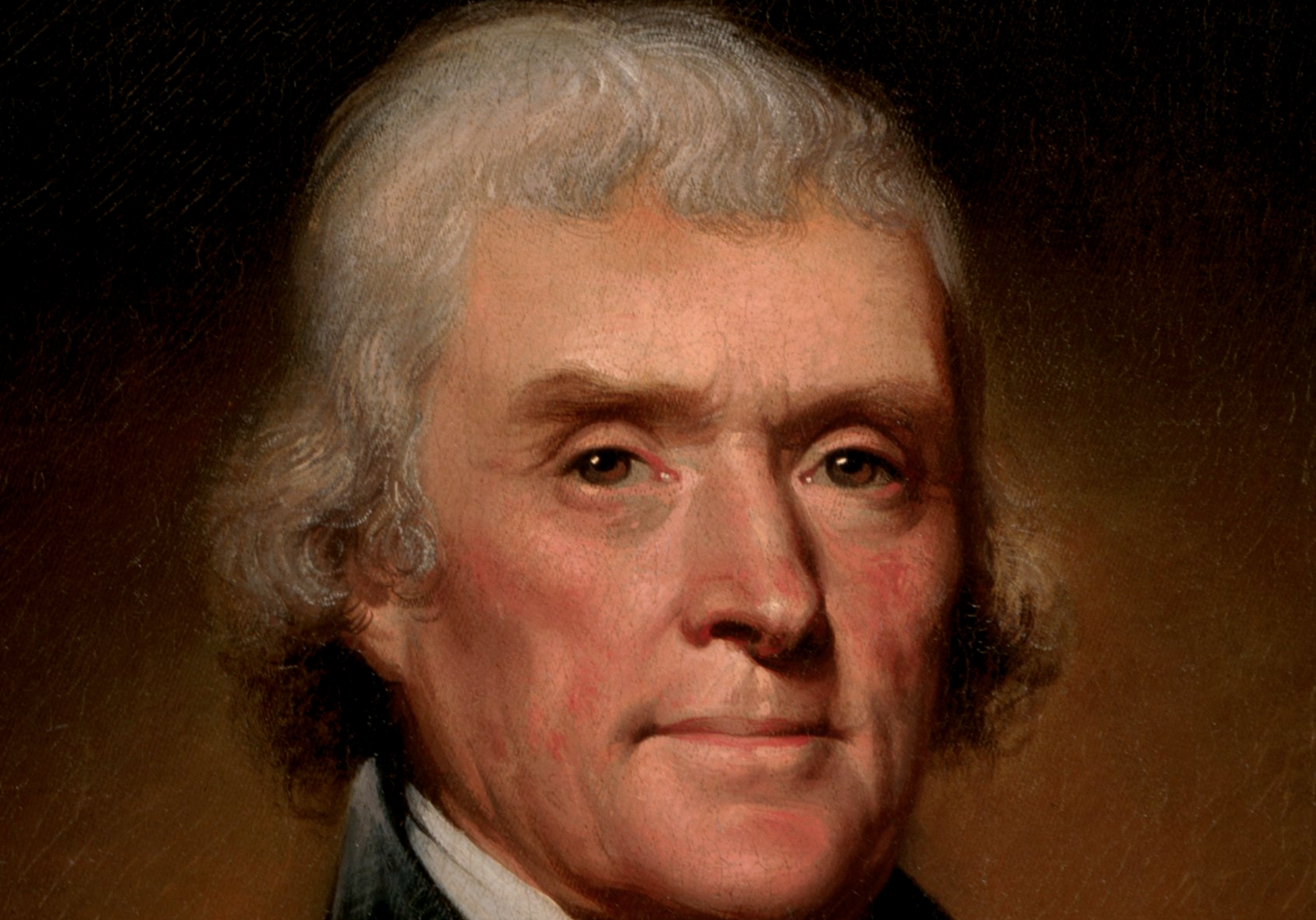 Rembrandt Peale, Wikimedia Commons
Rembrandt Peale, Wikimedia Commons
6 (Tie): Harry S Truman
Served: April 12, 1945—January 20, 1953
Average Rank: 6.33
APSA: 6
Siena: 7
C-SPAN: 6
Following FDR meant Truman had some big shoes to fill. And taking over in the final months of WWII meant he was thrown head first into it all. It was Truman who ordered the atomic bombs be dropped on Hiroshima and Nagasaki. He was not very popular when he left office but history has seen his reputation improve over time.
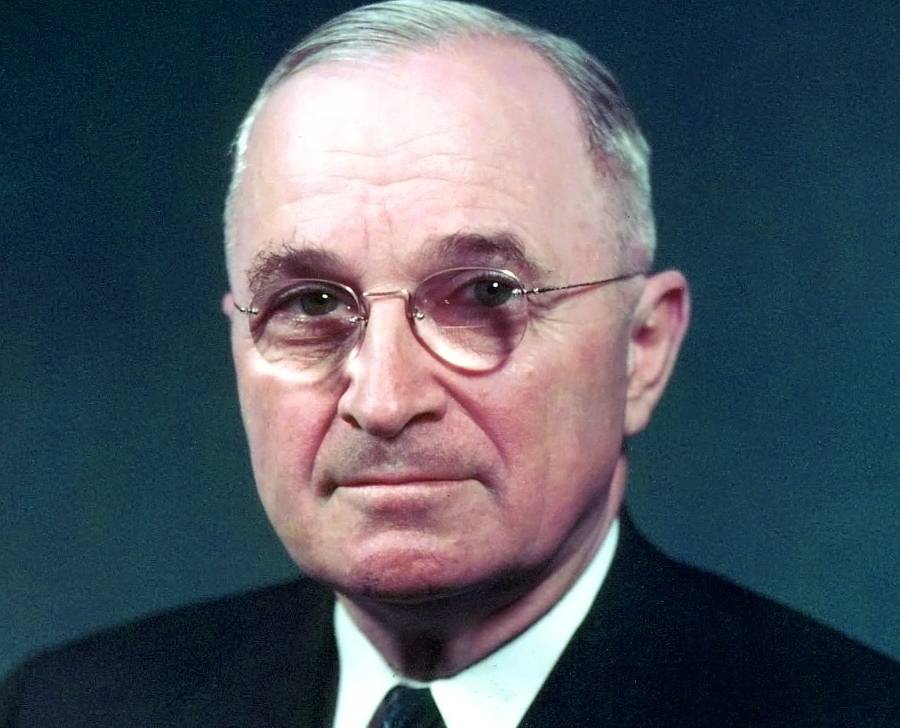 Harry S. Truman Library., Wikimedia Commons
Harry S. Truman Library., Wikimedia Commons
6 (Tie): Dwight D Eisenhower
Served: January 20, 1953—January 20, 1961
Average Rank: 6.33
APSA: 8
Siena: 6
C-SPAN: 5
Ike became a five-star General during WWII and as President, he came to office at the beginning of the Cold War. On the domestic front, Eisenhower sent federal troops to enforce the court ordered desegregation of public schools in Little Rock, Arkansas.
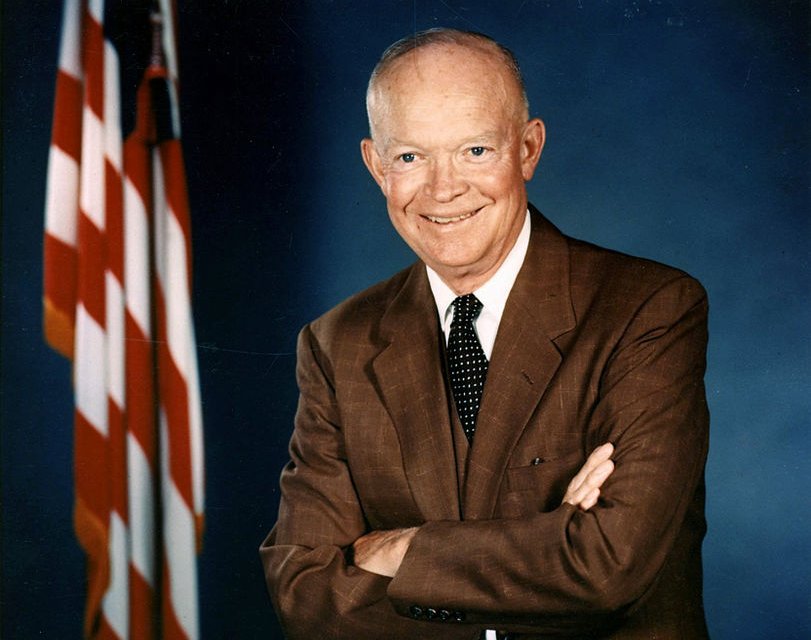 White House, Wikimedia Commons
White House, Wikimedia Commons

History's most fascinating stories and darkest secrets, delivered to your inbox daily.
8: John F Kennedy
Served: January 20, 1961—November 22, 1963
Average Rank: 9
APSA: 10
Siena: 9
C-SPAN: 8
Although we lost Kennedy just over 1,000 days into his first term, JFK still holds a high place amongst historians and the American public for his handling of the Cuban Missile Crisis and for putting the country on a path to putting a man on the moon.
 U.S. Navy photo, Wikimedia Commons
U.S. Navy photo, Wikimedia Commons
9 (Tie): Lyndon B Johnson
Served: November 22, 1963—January 20, 1969
Average Rank: 9.33
APSA: 9
Siena: 8
C-SPAN: 11
Although the quagmire of the Vietnam War was a black mark on Johnson's legacy, LBJ did more for the advancement of civil rights than any president since Lincoln—and his "Great Society" policies were monumental for Medicare, education, and the fight against poverty.
 Arnold Newman, Wikimedia Commons
Arnold Newman, Wikimedia Commons
9 (Tie): Barack Obama
Served: January 20, 2009—January 20, 2017
Average Rank: 9.33
APSA: 7
Siena: 11
C-SPAN: 10
Obama's signature success was the Affordable Care Act. He was also responsible for leading the country through the Great Recession and was at the helm for the rescue of the US auto industry.
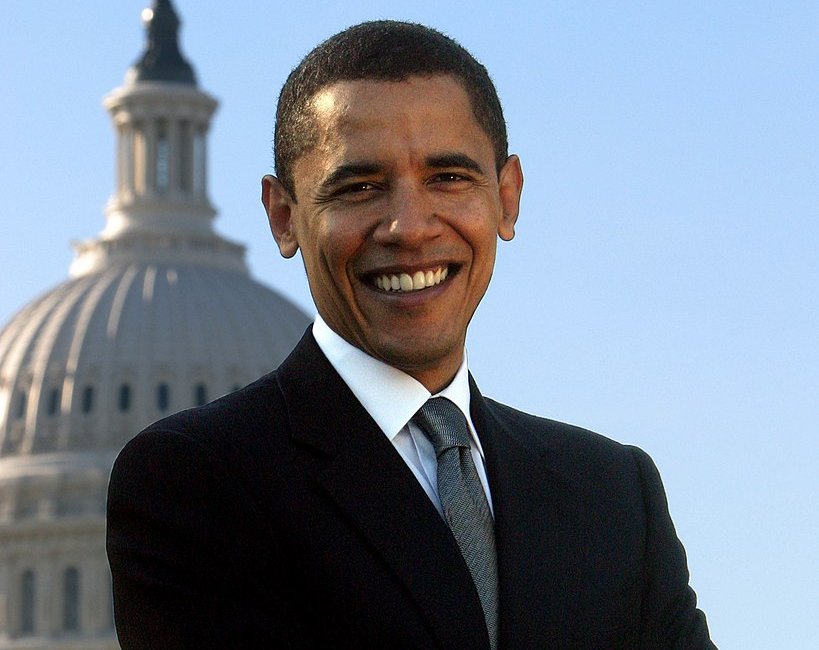 United States Senate, Wikimedia Commons
United States Senate, Wikimedia Commons
11: James Madison
Served: March 4, 1809—March 4, 1817
Average Rank: 12.33
APSA: 11
Siena: 10
C-SPAN: 16
Madison was a Founding Father and his importance in the drafting and adoption of the Constitution has earned him the "Father of the Constitution" moniker.
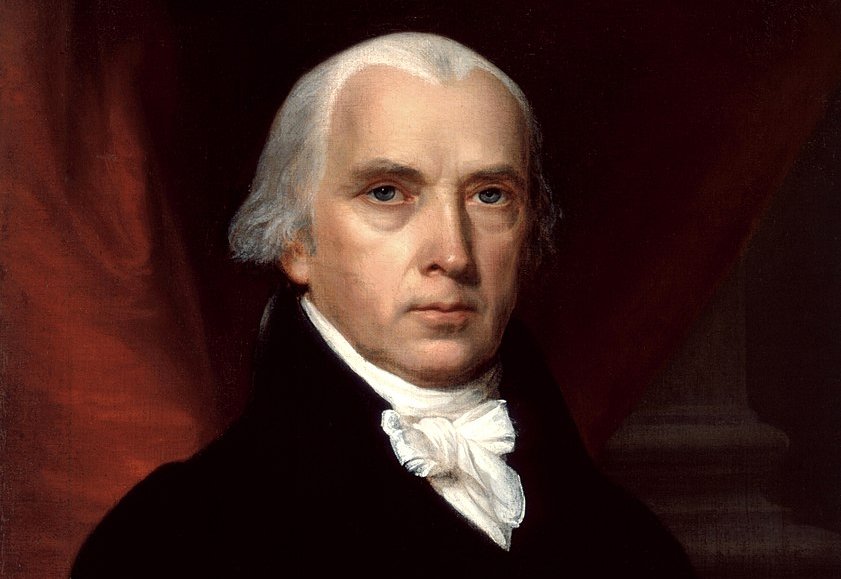 John Vanderlyn, Wikimedia Commons
John Vanderlyn, Wikimedia Commons
12: Woodrow Wilson
Served: March 4, 1913—March 4, 1921
Average Rank: 13.6
APSA: 15
Siena: 13
C-SPAN: 13
Wilson led the country into WWI and was a key architect of the League of Nations. However, Wilson's administration did authorize segregation in the federal bureaucracy and he opposed women's suffrage, which drew protests.
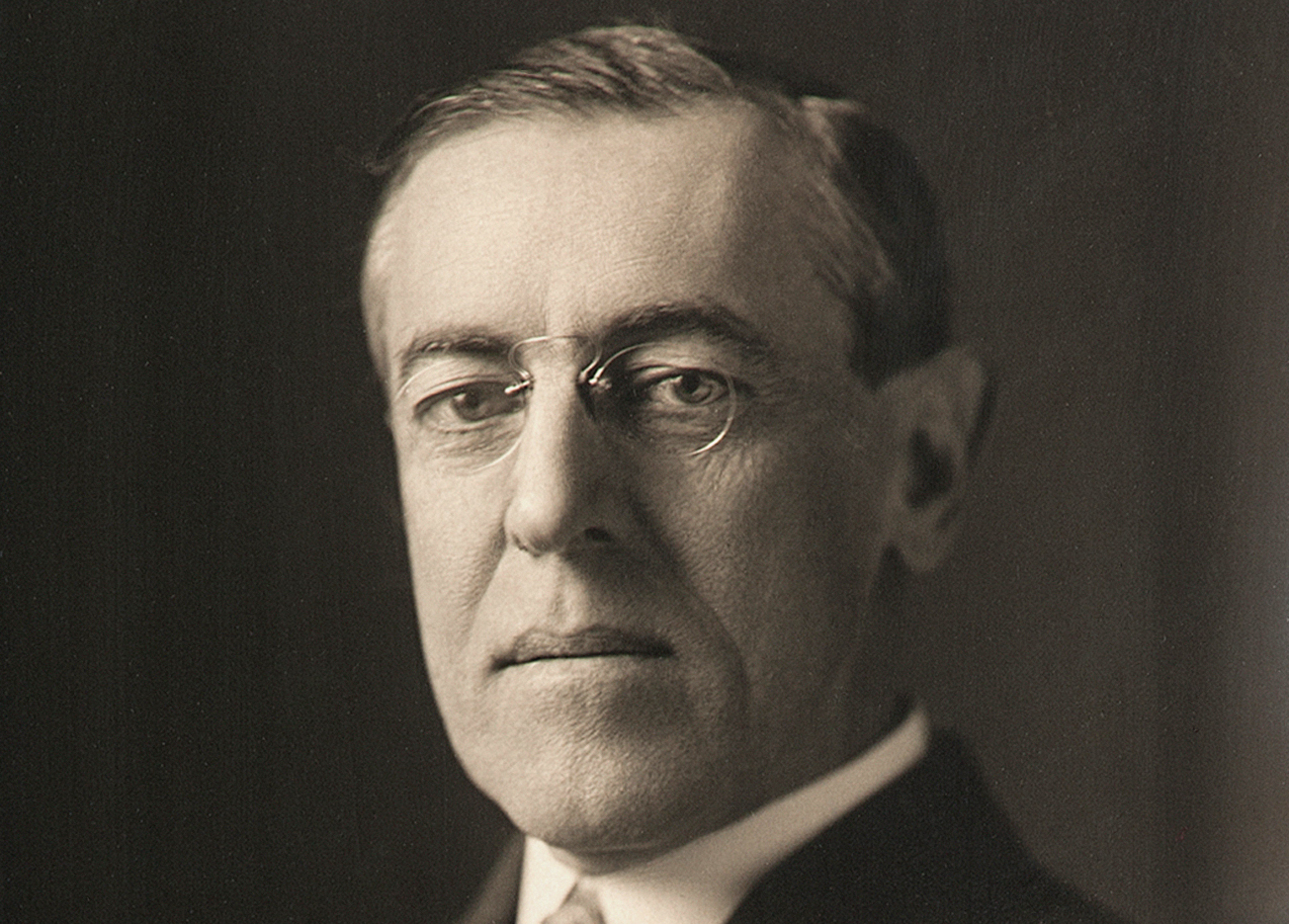 Harris & Ewing, Wikimedia Commons
Harris & Ewing, Wikimedia Commons
13: James Monroe
Served: March 4, 1817—March 4, 1825
Average Rank: 14
APSA: 18
Siena: 12
C-SPAN: 12
His Monroe Doctrine was instrumental in limiting European nations involvement in the Western Hemisphere.
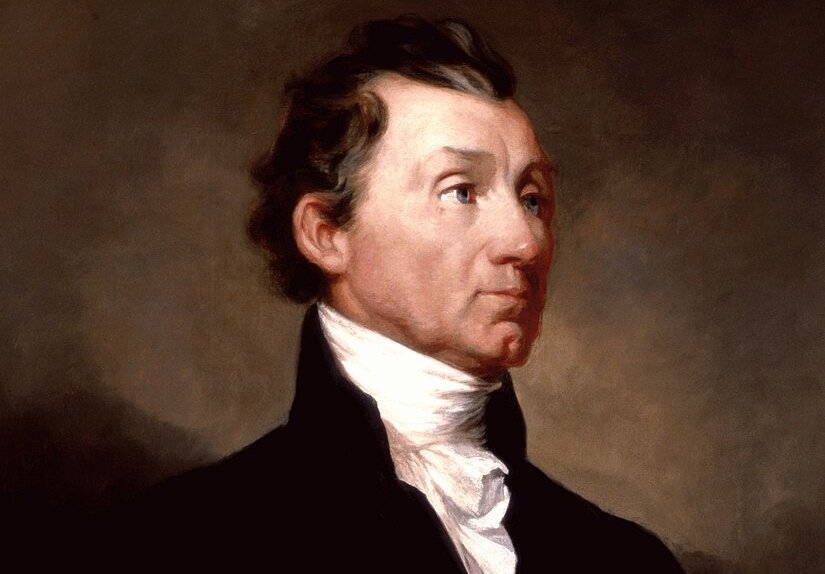 Samuel Finley Breese Morse, Wikimedia Commons
Samuel Finley Breese Morse, Wikimedia Commons
14: Ronald Reagan
Served: January 20, 1981—January 20, 1989
Average Rank: 14.3
APSA: 16
Siena: 18
C-SPAN: 9
While still a revered political figure in America, Reagan's standing among scholars has taken a hit in recent years. There is less unanimity than there probably once was (as the nine-position difference between the Siena and C-SPAN rankings indicates).
 Reagan White House Photographs, Wikimedia Commons
Reagan White House Photographs, Wikimedia Commons
15: John Adams
Served: March 4, 1797—March 4, 1801
Average Rank: 14.6
APSA: 13
Siena: 16
C-SPAN: 15
A leader of the American Revolution, Adams was the first Vice President of the United States prior to becoming the nation's second President.
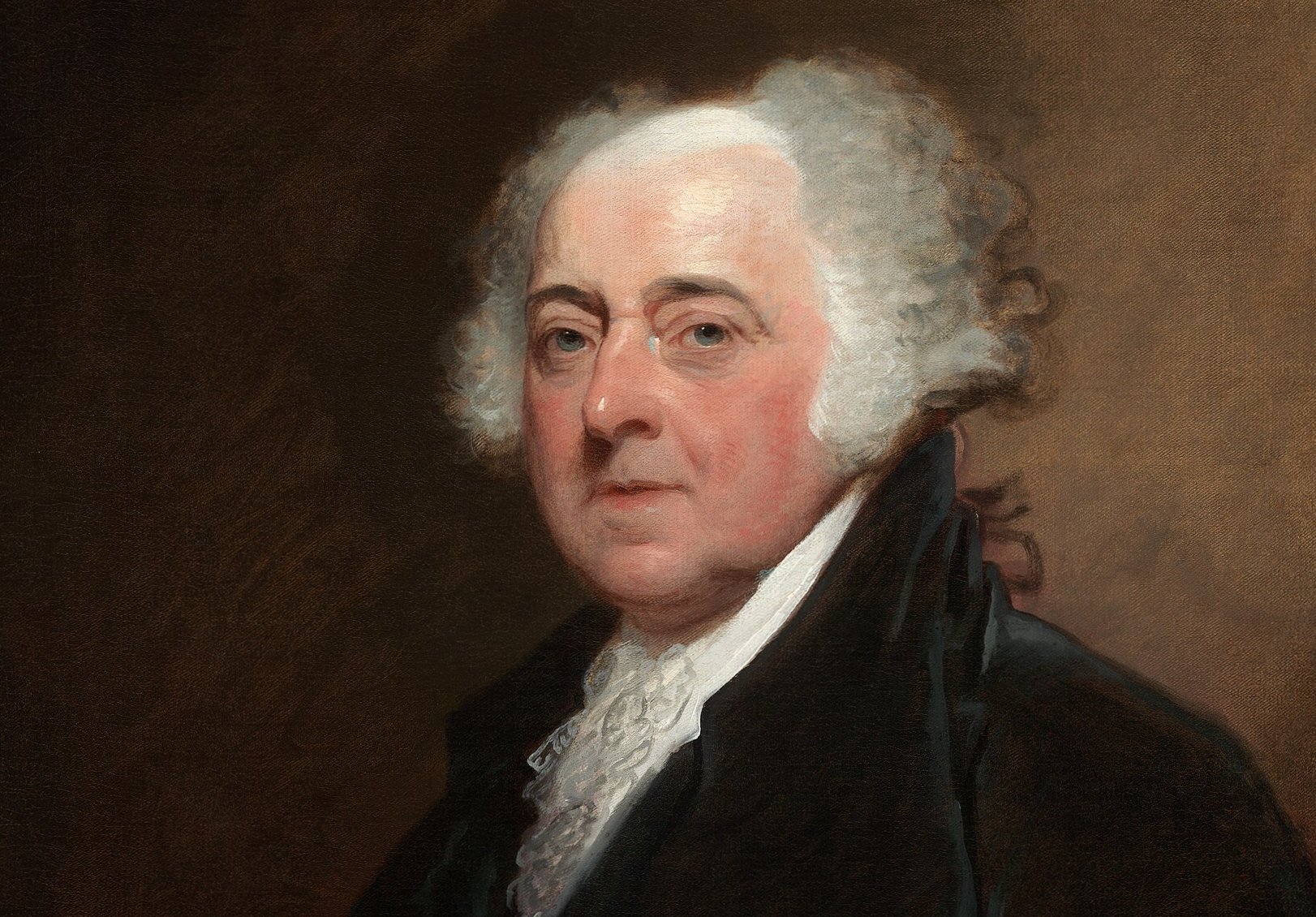 Gilbert Stuart, Wikimedia Commons
Gilbert Stuart, Wikimedia Commons
16: Bill Clinton
Served: January 20, 1993—January 20, 2001
Average Rank: 15
APSA: 12
Siena: 14
C-SPAN: 19
Although probably best remembered in popular culture for the Monica Lewinsky scandal—Bill Clinton is regarded as a rather effective and popular President, who managed to balance the budget and achieve a budget surplus.
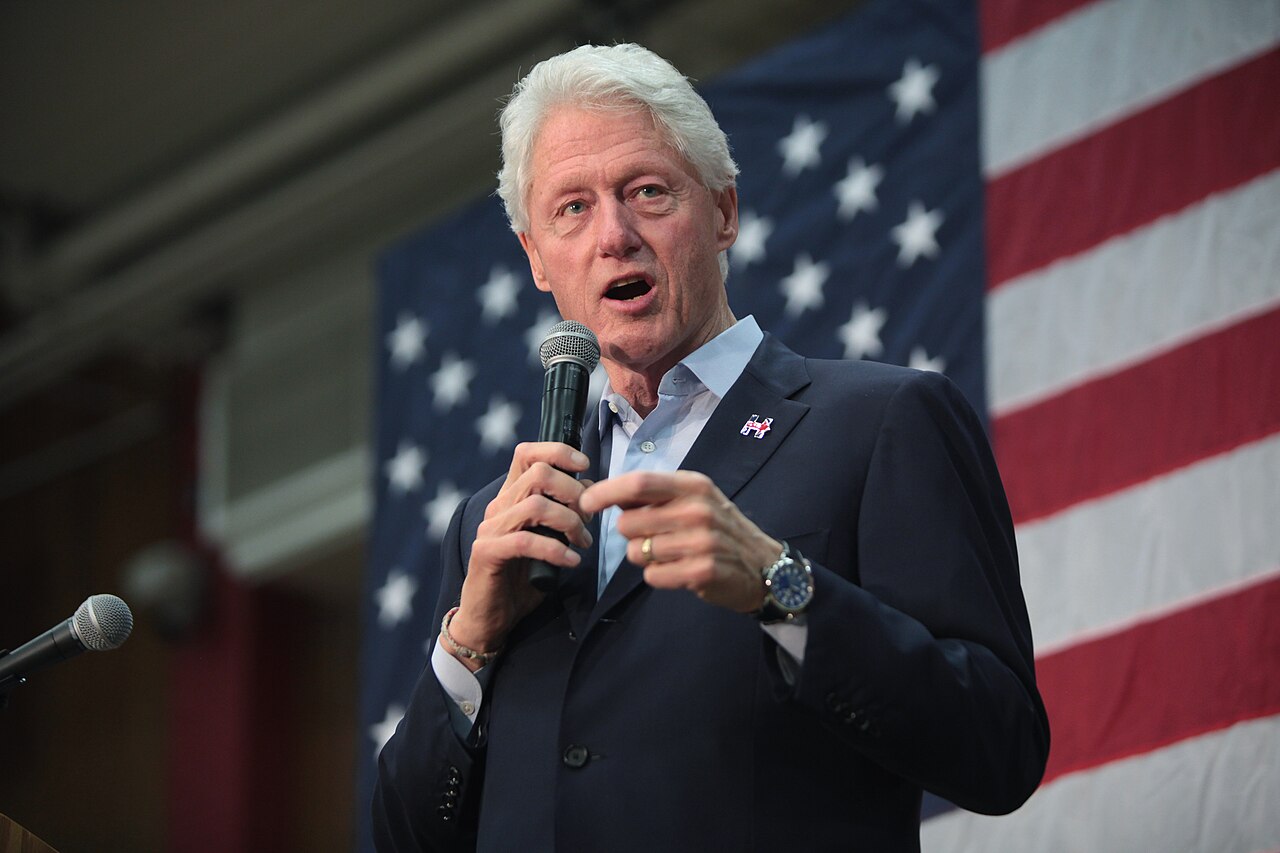 Gage Skidmore, CC BY-SA 3.0, Wikimedia Commons
Gage Skidmore, CC BY-SA 3.0, Wikimedia Commons
17: Joe Biden
Served: January 20, 2021—January 20, 2025
Average Rank: 16.5
APSA: 14
Siena: 19
C-SPAN: n/a
Biden's true rank will need some more time before it can be fully appreciated historically. But at this point, scholars and historians tend to rank him among the top 20.
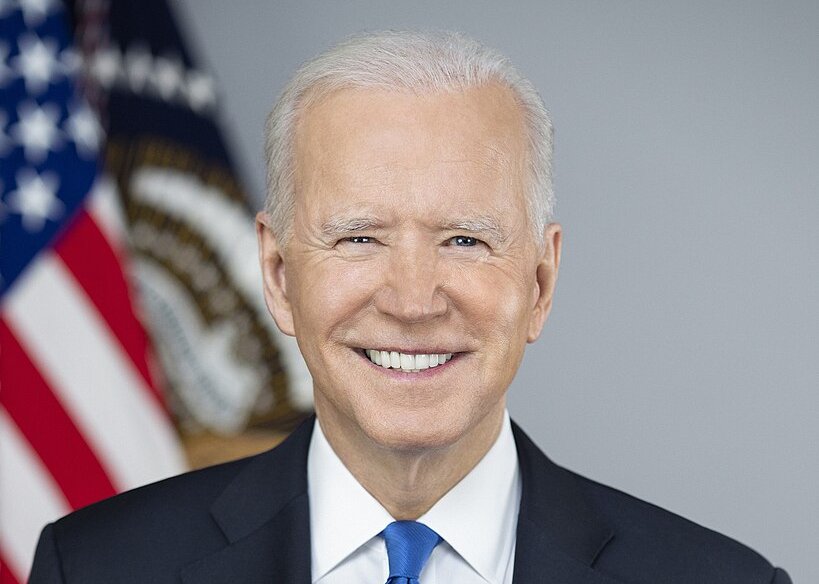 Adam Schultz, Wikimedia Commons
Adam Schultz, Wikimedia Commons
18: John Quincy Adams
Served: March 4, 1825—March 4, 1829
Average Rank: 18
APSA: 20
Siena: 17
C-SPAN: 17
President during a period of great divide in the country, John Quincy Adams fought for civil liberties and the unification of the country.
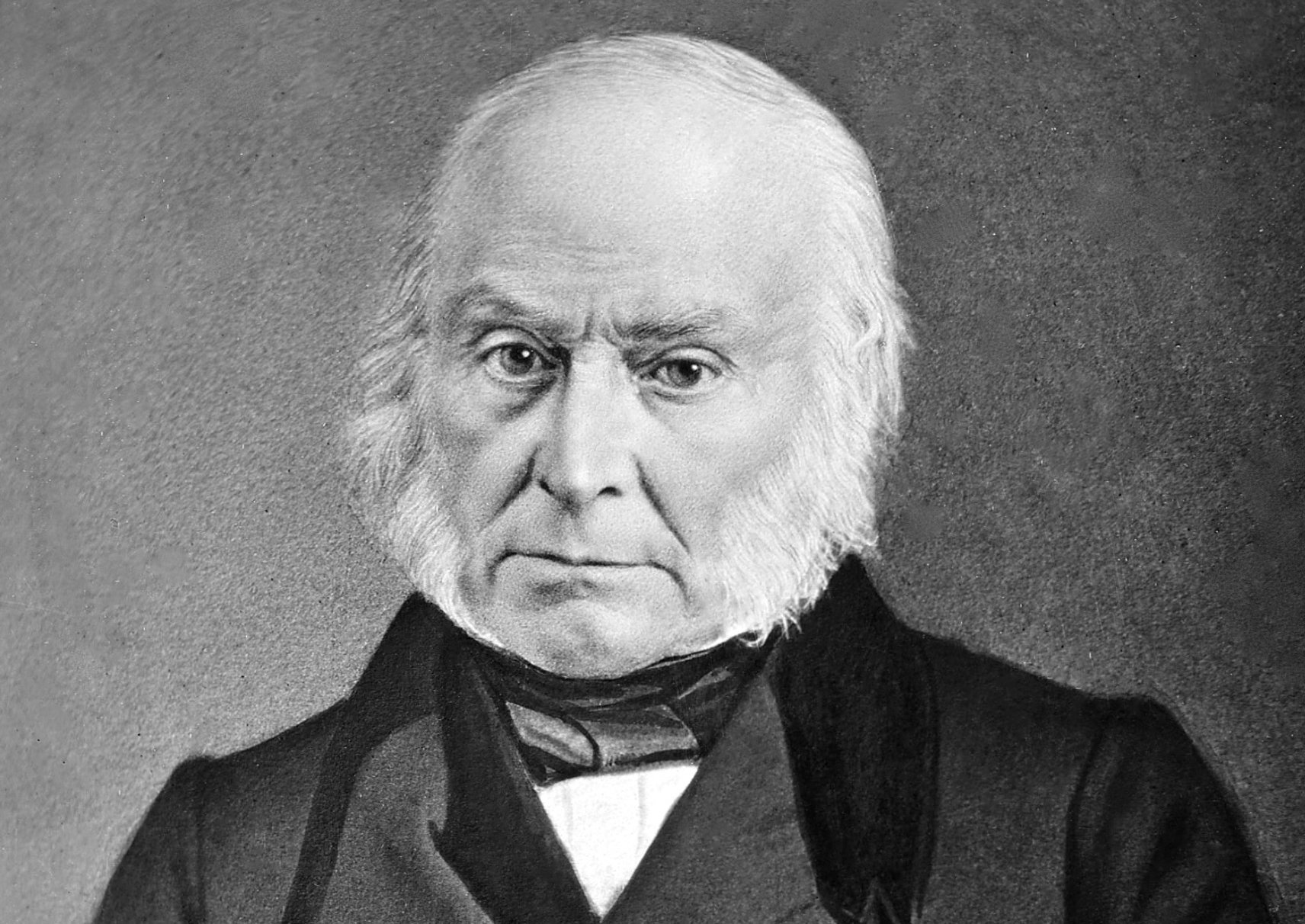 Mathew Brady, Wikimedia Commons
Mathew Brady, Wikimedia Commons
19 (Tie): Ulysses S Grant
Served: March 4, 1869—March 4, 1877
Average Rank: 19.3
APSA: 17
Siena: 21
C-SPAN: 20
A strong force while leading the North to victory in the Civil War, Grant was less effective at leading and getting his agenda passed while in the office of the presidency.
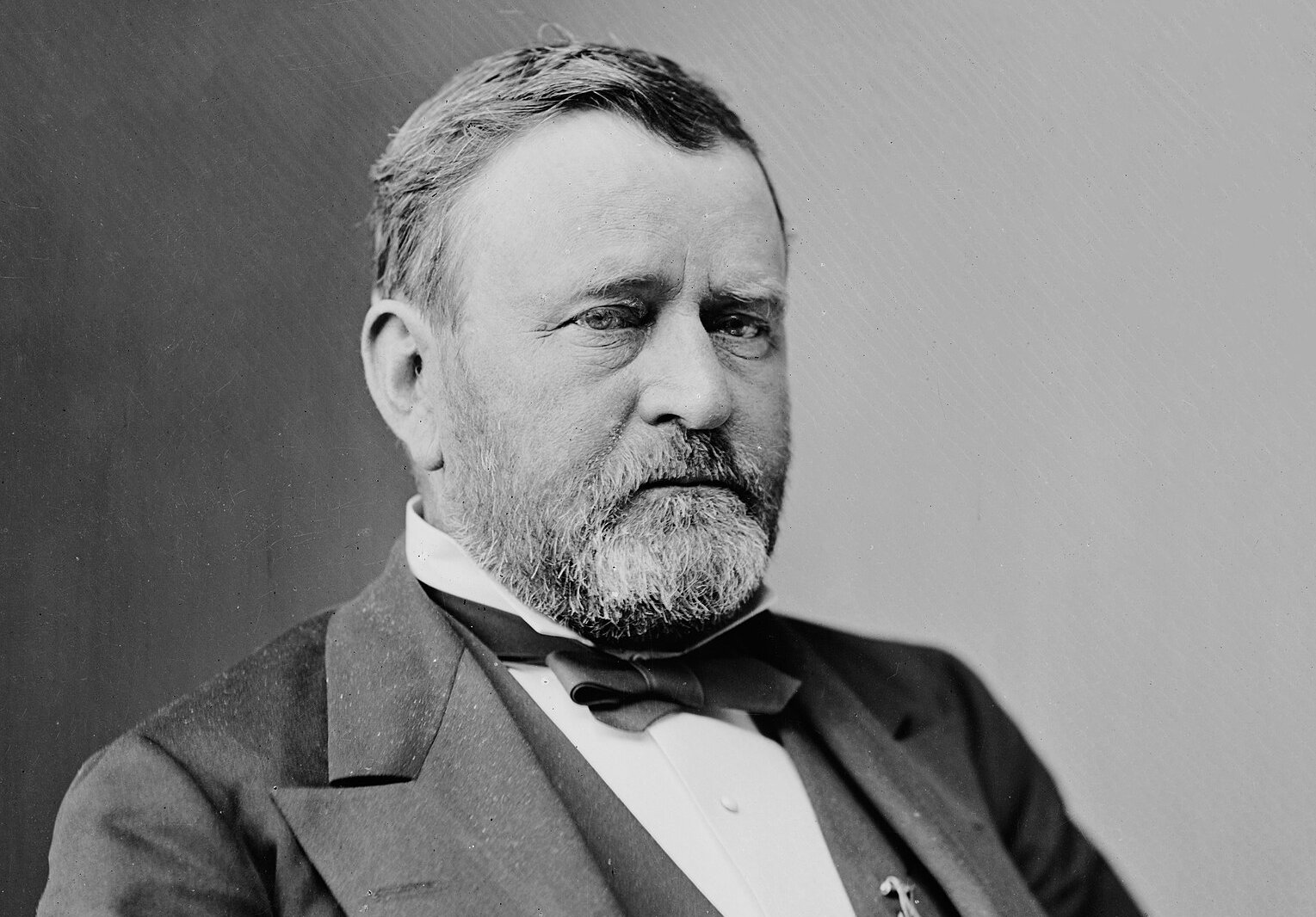 Brady-Handy Photograph Collection, Library of Congress, Wikimedia Commons
Brady-Handy Photograph Collection, Library of Congress, Wikimedia Commons
19 (Tie): James K Polk
Served: March 4, 1845—March 4, 1849
Average Rank: 19.3
APSA: 25
Siena: 15
C-SPAN: 18
Considered to be a highly effective president by many, you may notice the 10-point difference between the Siena and APSA ranks.
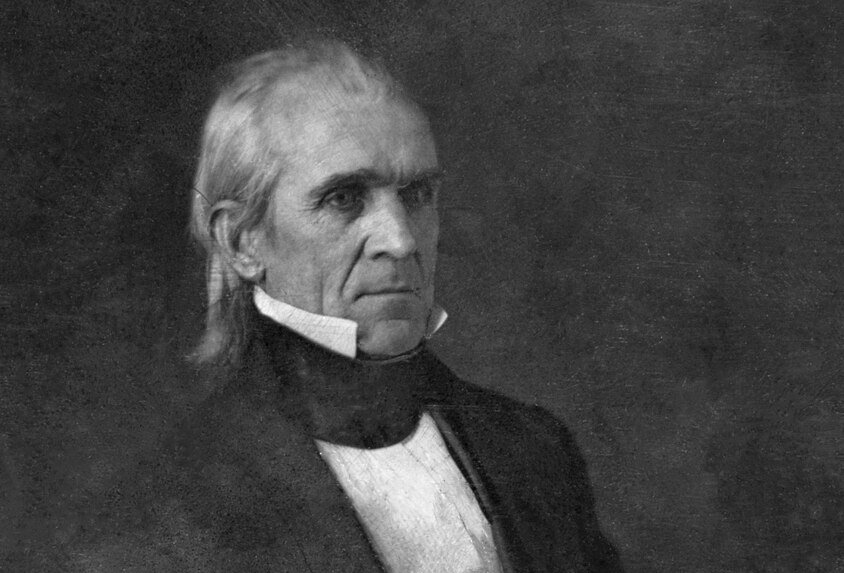 Brady, Mathew B., Wikimedia Commons
Brady, Mathew B., Wikimedia Commons
21 (Tie): George HW Bush
Served: January 20, 1989—January 20, 1993
Average Rank: 20
APSA: 19
Siena: 20
C-SPAN: 21
Sure, he picked a Vice President that couldn't spell "potato" and Dana Carvey's impression of him became even more popular than the man himself—however, he was in charge as the country, and the world, emerged from the Cold War, and his handling of the first Gulf War is looked upon well by historians.
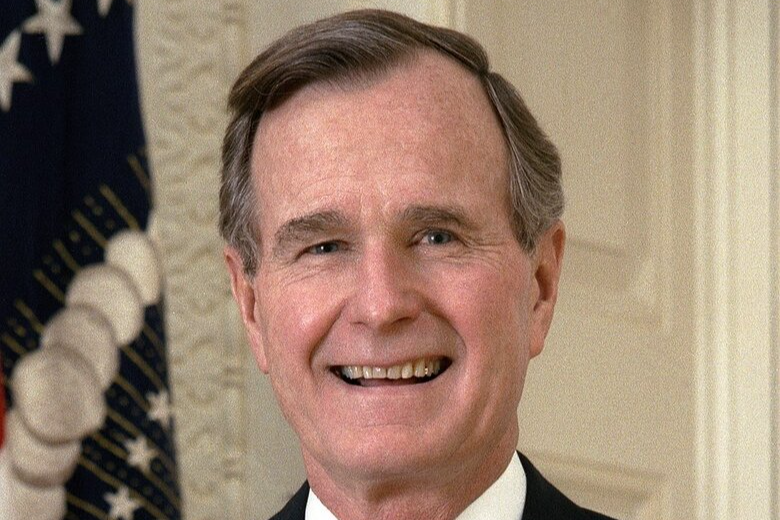 Unknown Author, Wikimedia Commons
Unknown Author, Wikimedia Commons
21 (Tie): William McKinley
Served: March 4, 1897—September 14, 1901
Average Rank: 20
APSA: 24
Siena: 22
C-SPAN: 14
McKinley led America into an industrial boom and through the Spanish-American war. He was assassinated less than a year into his second term.
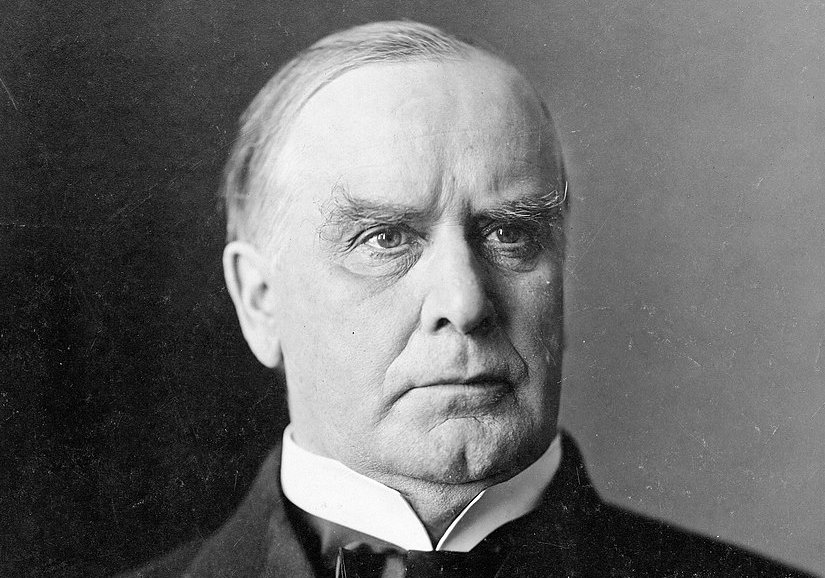 Library of Congress, Wikimedia Commons
Library of Congress, Wikimedia Commons
23: Andrew Jackson
Served: March 4, 1829—March 4, 1837
Average Rank: 22
APSA: 21
Siena: 23
C-SPAN: 22
Jackson is a pretty divisive president. On one hand, he was a strong force for democracy and the constitution—while on the other hand, his signing of the Indian Removal Act in 1830 has been called ethnic cleansing by many. His ranking among historians has declined in recent years.
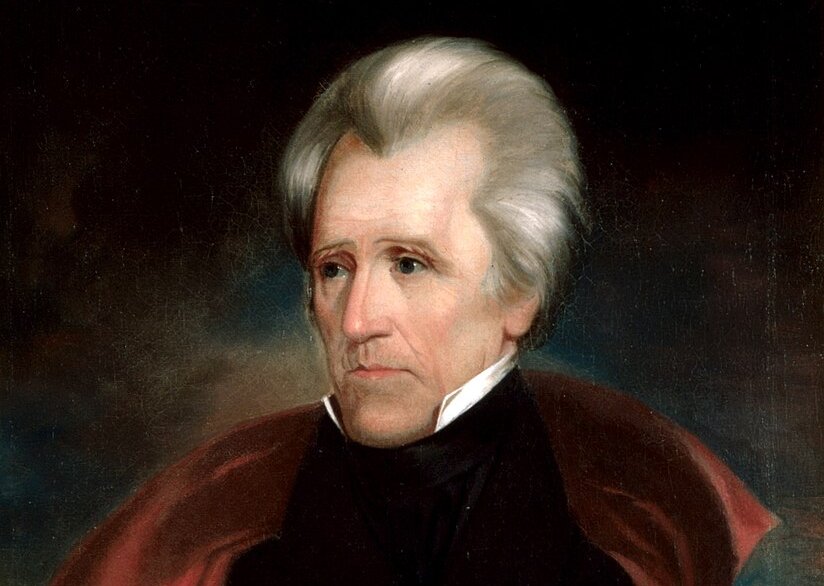 Ralph Eleaser Whiteside Earl, Wikimedia Commons
Ralph Eleaser Whiteside Earl, Wikimedia Commons
24: William H Taft
Served: March 4, 1909—March 4, 1913
Average Rank: 23.6
APSA: 23
Siena: 25
C-SPAN: 23
Ranked high for his integrity, Taft followed up his presidency with a seat on the Supreme Court as Chief Justice of the United States.
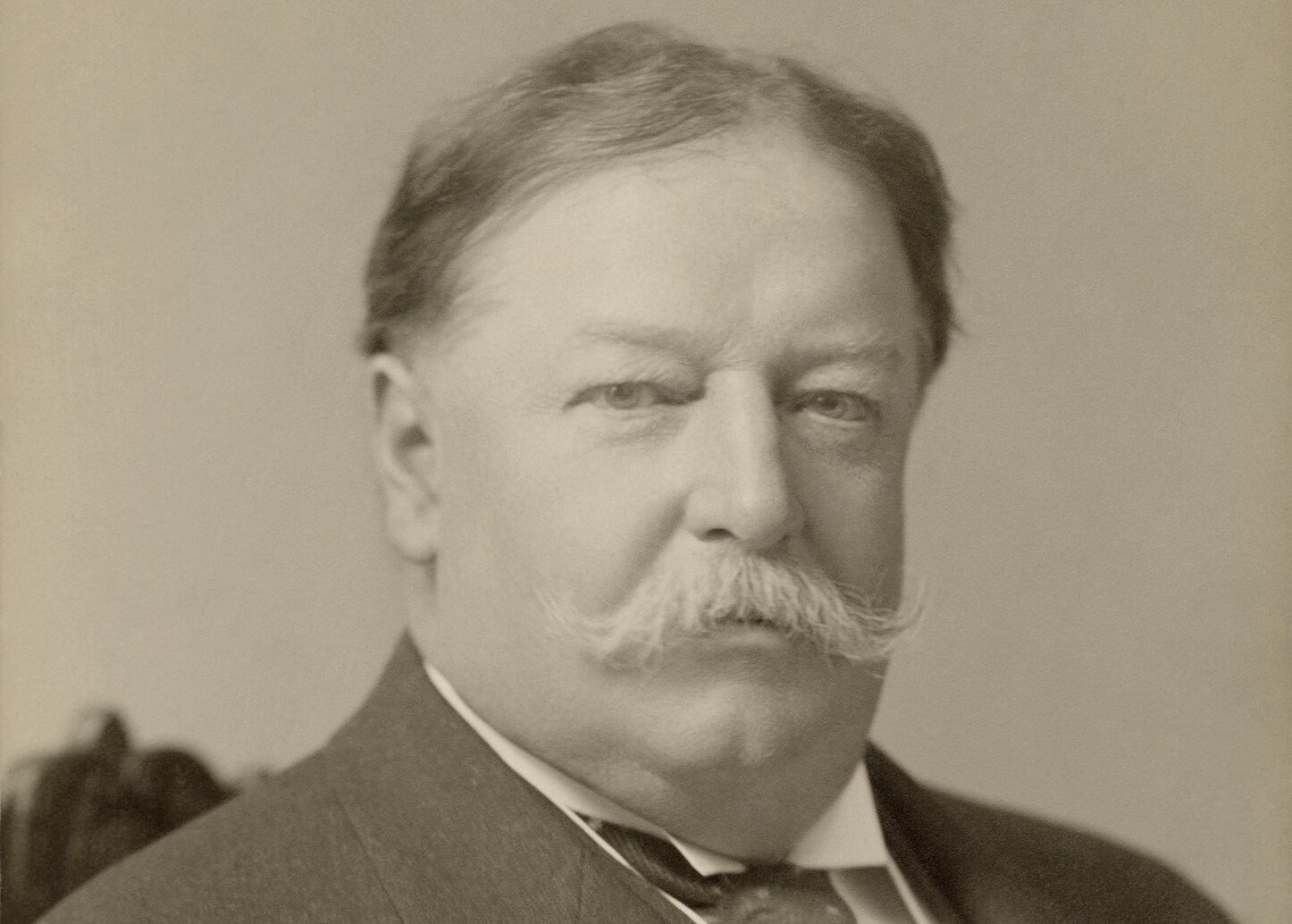 Pach Brothers, Wikimedia Commons
Pach Brothers, Wikimedia Commons
25: Jimmy Carter
Served: January 20, 1977—January 20, 1981
Average Rank: 24
APSA: 22
Siena: 24
C-SPAN: 26
Carter created a national energy policy and brought Israel and Egypt together for the Camp David accords. And while he was one of the most revered presidents for what he did with his time after leaving office—much of his time as President was derailed by the economic crisis and the Iran hostage crisis which was key to him losing his bid for a second term.
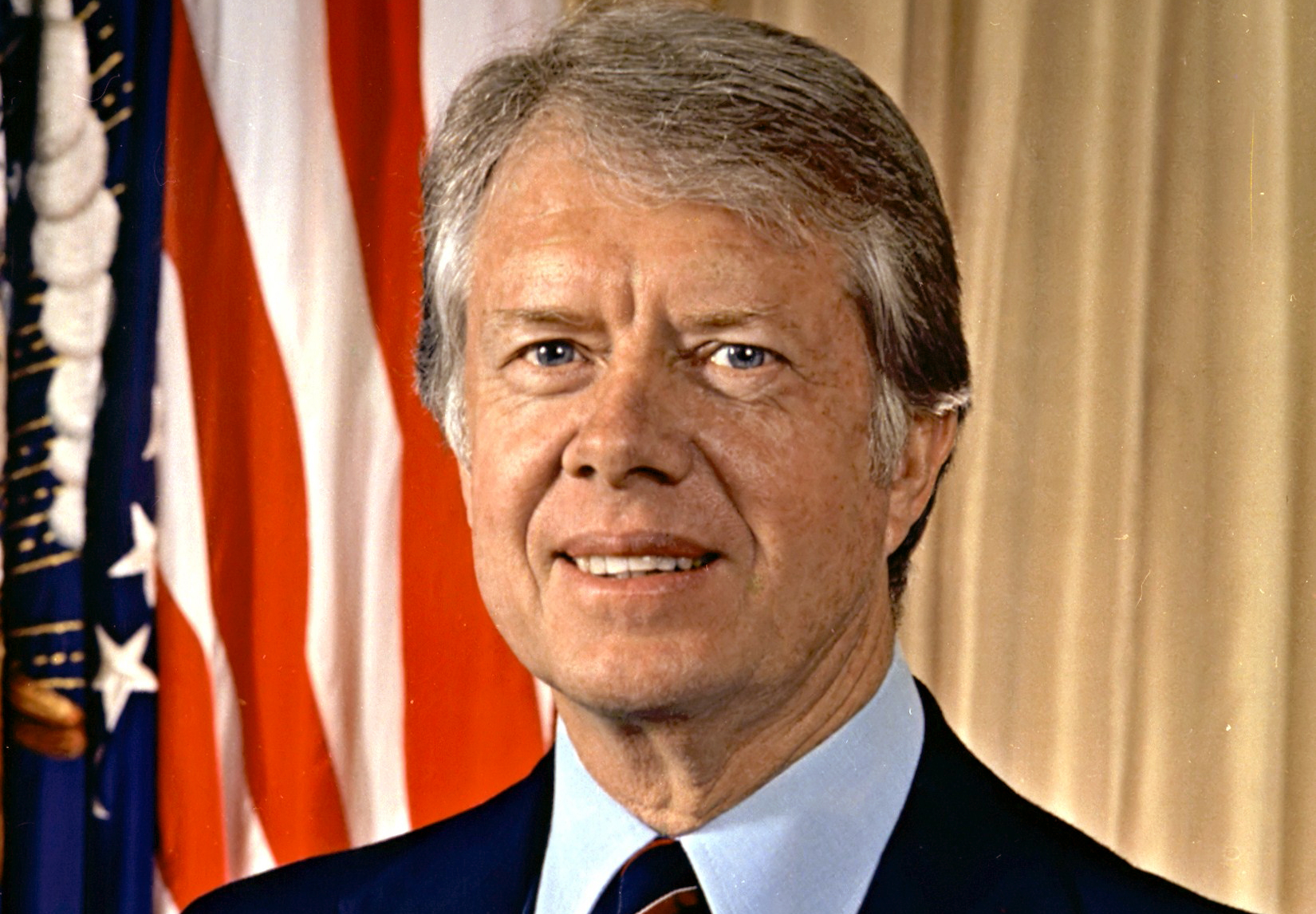 Department of Defense, Wikimedia Commons
Department of Defense, Wikimedia Commons
26: Grover Cleveland
Served: March 4, 1885—March 4, 1889; March 4, 1893—March 4, 1897
Average Rank: 25.6
APSA: 26
Siena: 26
C-SPAN: 25
The only president (until Trump) to serve two non-consecutive terms in office, Cleveland was quite popular at first (he even won the popular vote in 1888—but lost the electoral college). However, by the end of his second term, he was highly unpopular with both voters and his own Democratic party.
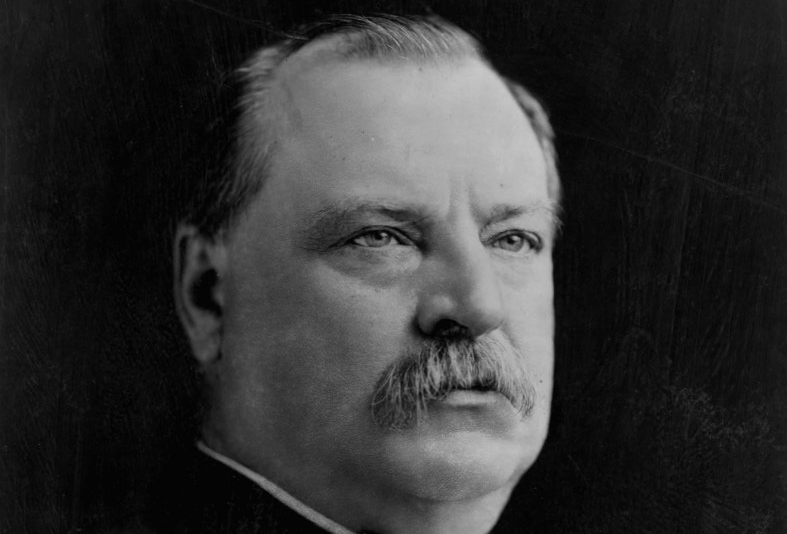 Unknown Author, Wikimedia Commons
Unknown Author, Wikimedia Commons
27: James A Garfield
Served: March 4, 1881—September 19, 1881
Average Rank: 28
APSA: 30
Siena: 27
C-SPAN: 27
Although generally well-liked by most—Garfield is seen as having been rather ineffective on foreign policy matters. Although, he didn't have much time to build a presidential reputation given that he was assassinated just 200 days into his presidency.
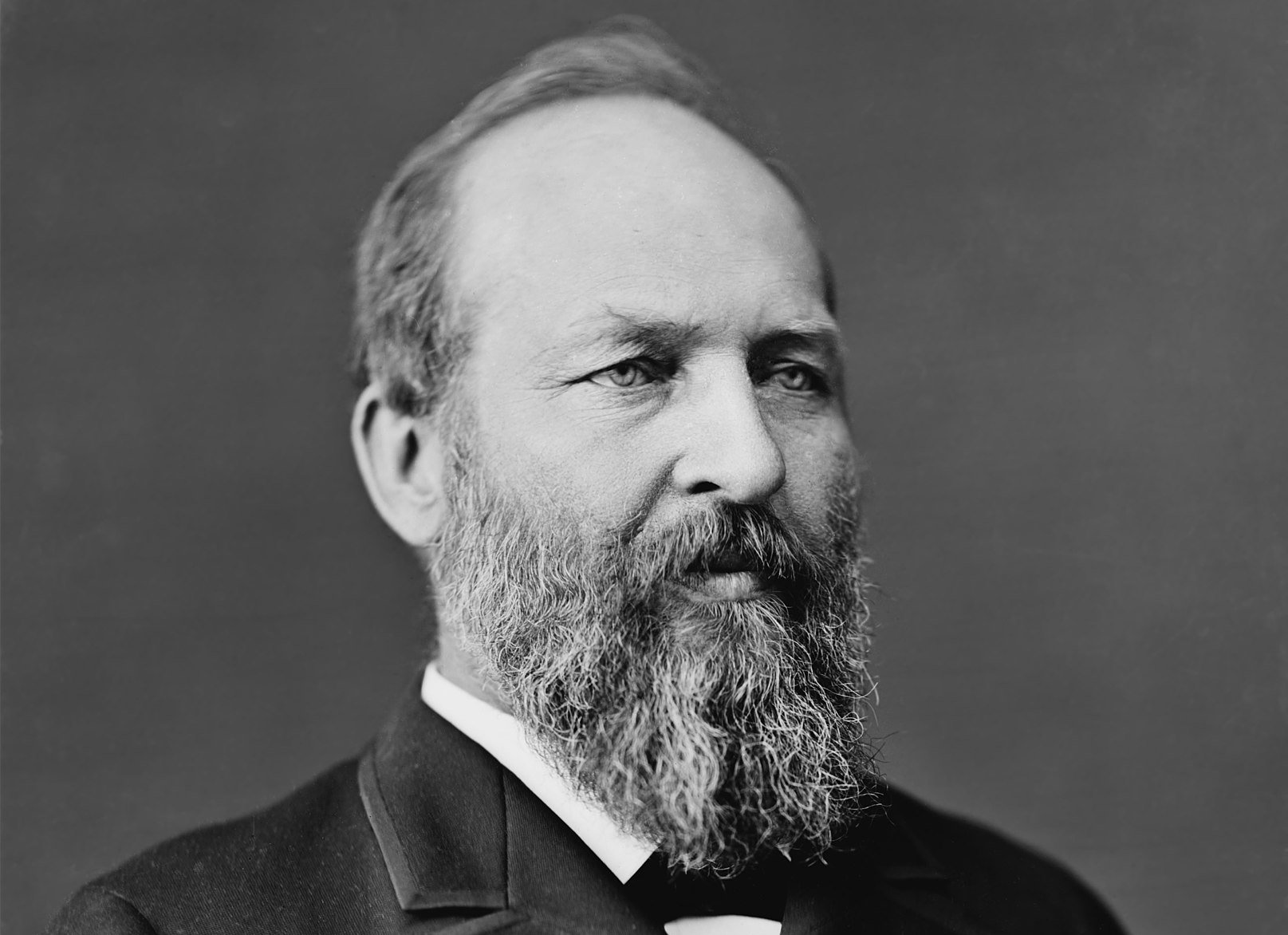 Brady-Handy Photograph Collection, Wikimedia Commons
Brady-Handy Photograph Collection, Wikimedia Commons
28: Gerald Ford
Served: August 9, 1974—January 20, 1977
Average Rank: 28.3
APSA: 27
Siena: 30
C-SPAN: 28
Taking office after Richard Nixon's resignation, Ford tried to move the country past the Watergate scandal and the falling trust in government. He was also dealt one of the worst economic crises since the Great Depression. It was all a bit much for Ford. His pardoning of Nixon is also somewhat controversial.
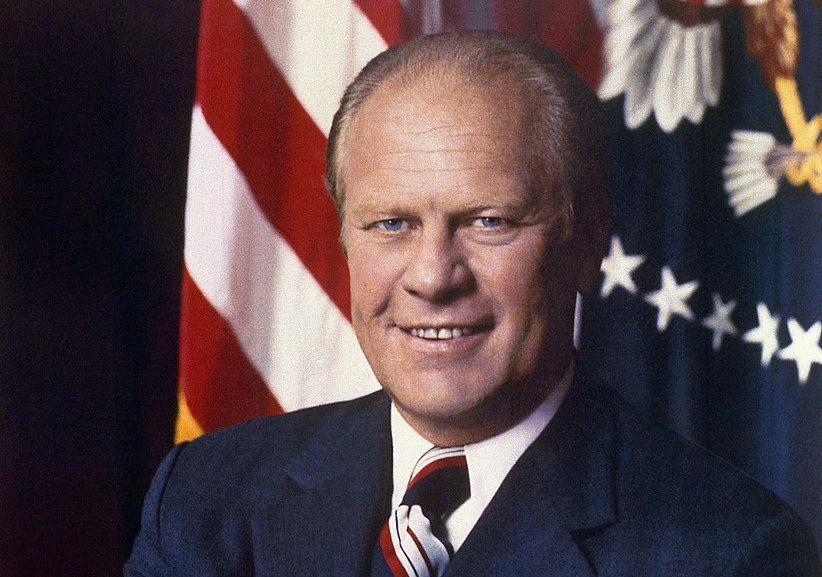 David Hume Kennerly, Wikimedia Commons
David Hume Kennerly, Wikimedia Commons
29: Calvin Coolidge
Served: August 2, 1923—March 4, 1929
Average Rank: 30
APSA: 34
Siena: 32
C-SPAN: 24
His support of racial equality has been praised, but historians debate how much his economic policies affected the onset of the Great Depression.
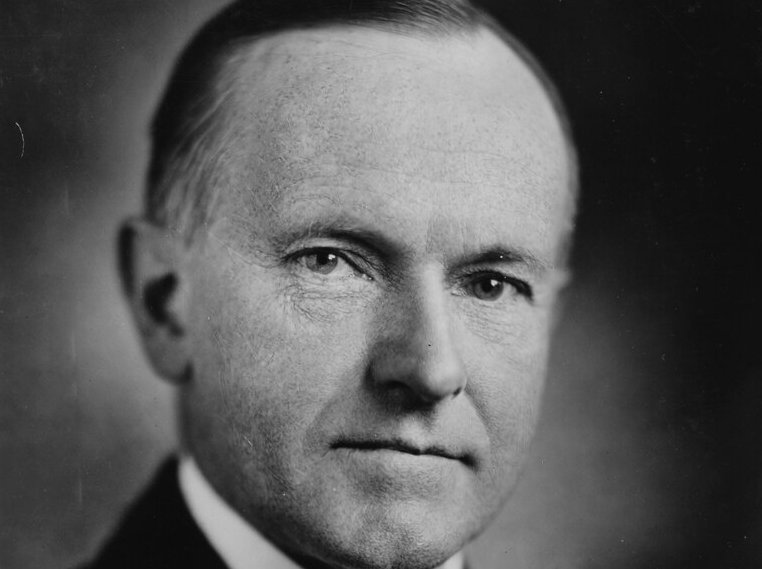 Harris & Ewing, Wikimedia Commons
Harris & Ewing, Wikimedia Commons
30: Martin Van Buren
Served: March 4, 1837—March 4, 1841
Average Rank: 30.3
APSA: 28
Siena: 29
C-SPAN: 34
Van Buren entered office in the midst of an economic boom. Three months later, things were not booming at all. Historians blame Van Buren's policies for making the situation worse than it would've been.
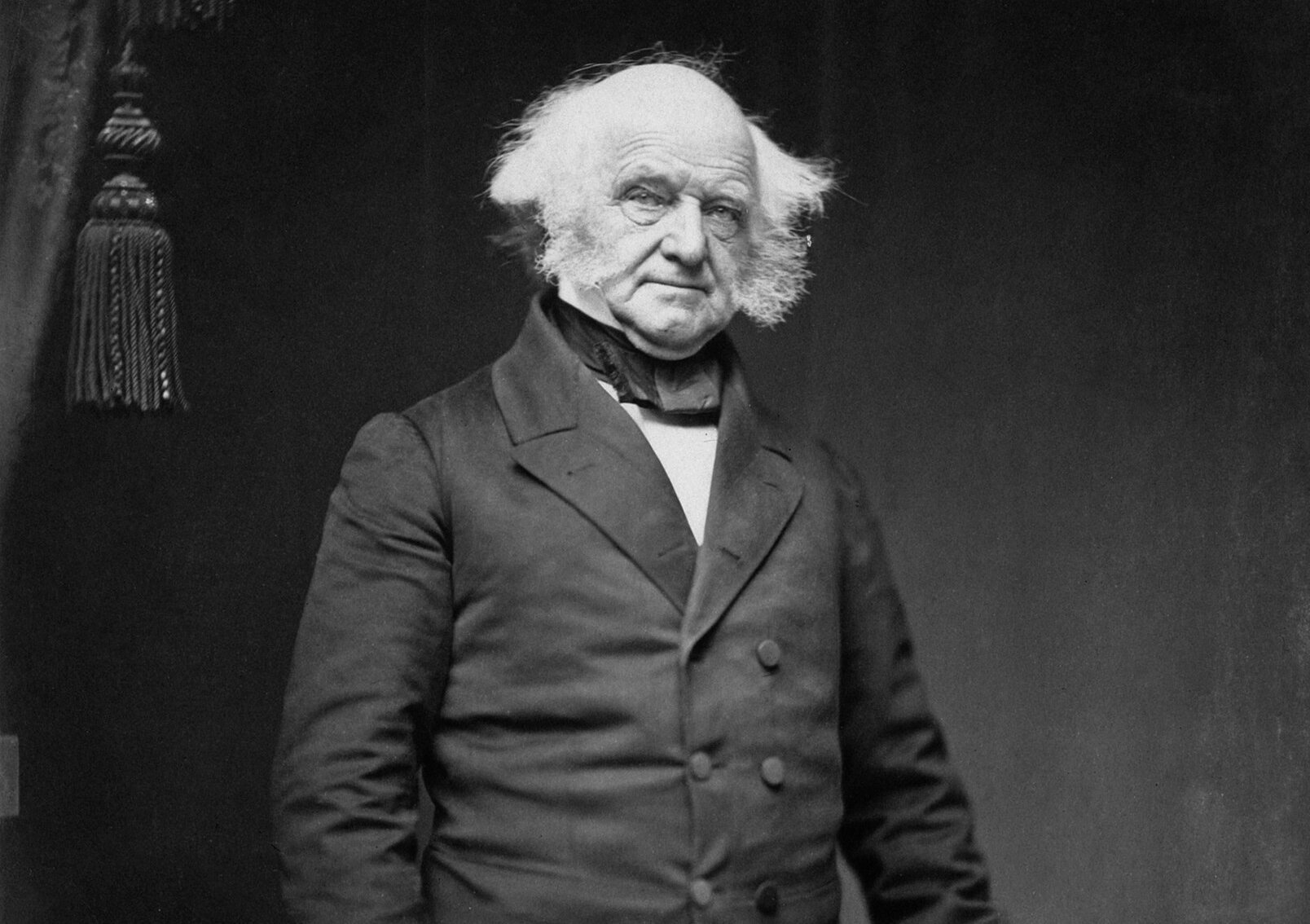 Mathew Benjamin Brady, Wikimedia Commons
Mathew Benjamin Brady, Wikimedia Commons
31: Rutherford B Hayes
Served: March 4, 1877—March 4, 1881
Average Rank: 31
APSA: 29
Siena: 31
C-SPAN: 33
Hayes' decision to withdraw federal troops from the South at the end of reconstruction—believing in "wise, honest, and peaceful local self-government"—gave the Southern states room to implement Jim Crow laws.
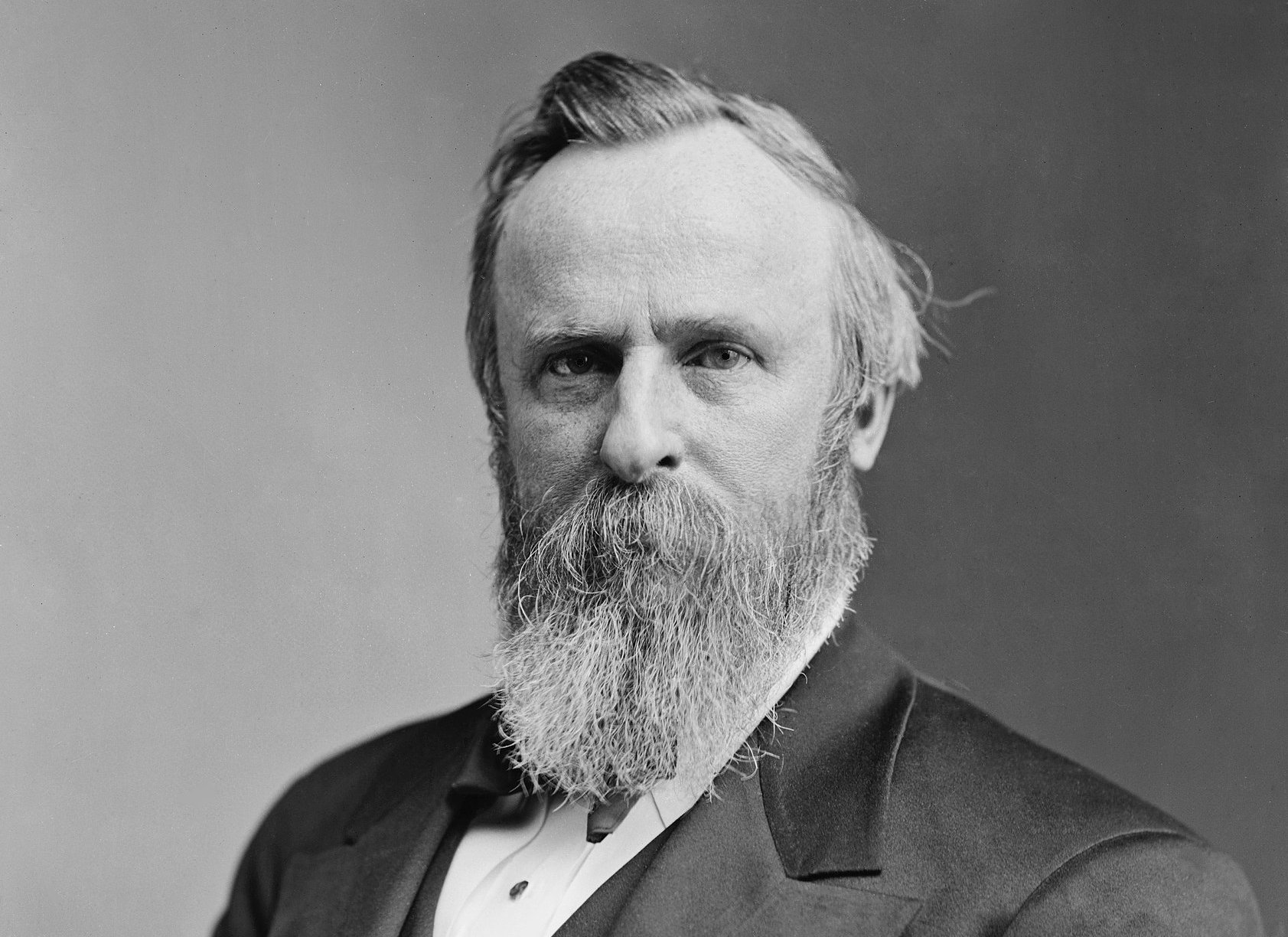 Mathew Benjamin Brady, Wikimedia Commons
Mathew Benjamin Brady, Wikimedia Commons
32: Richard Nixon
Served: January 20, 1969—August 9, 1974
Average Rank: 31.3
APSA: 35
Siena: 28
C-SPAN: 31
There were some triumphs during the Nixon presidency—namely ending the draft, arms negotiations with Russia and diplomacy with communist China, and the establishment of the Environmental Protection Agency. However, much of that gets overshadowed by his massive paranoia and abuse of power that was the Watergate affair and cover-up, which led to his eventual resignation in the face of impeachment.
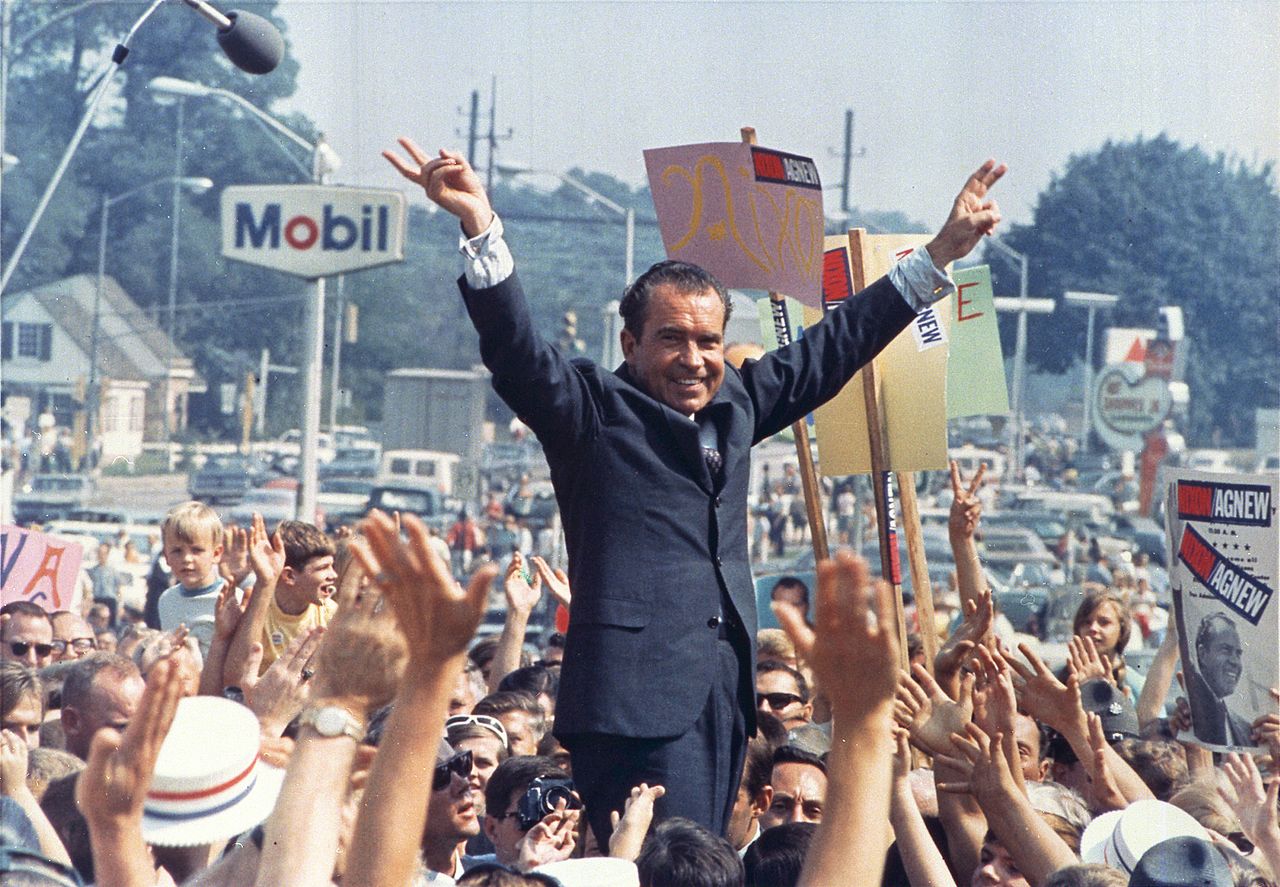 Ollie Atkins, White House photographer, Wikimedia Commons
Ollie Atkins, White House photographer, Wikimedia Commons
33 (Tie): Chester A Arthur
Served: September 19, 1881—March 4, 1885
Average Rank: 32
APSA: 33
Siena: 33
C-SPAN: 30
Although he earned general praise among his contemporaries, Arthur has been called one of the least memorable presidents in history.
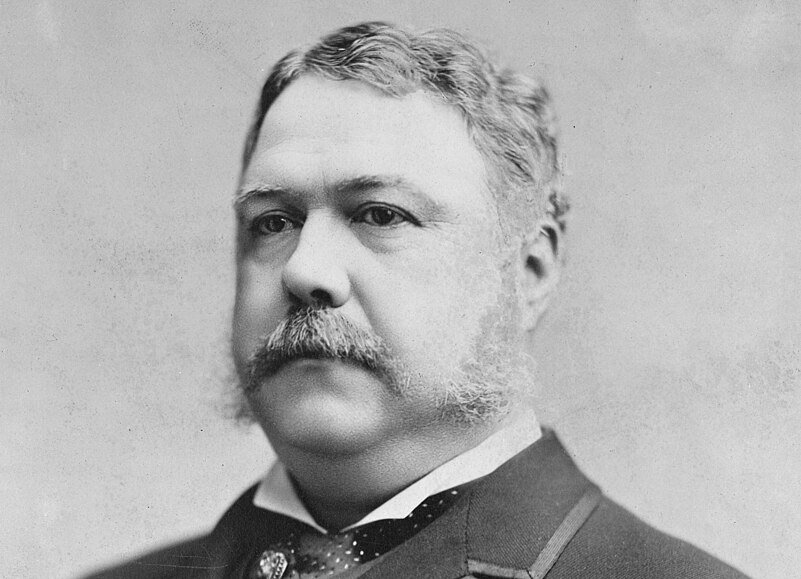 Charles Milton Bell, Wikimedia Commons
Charles Milton Bell, Wikimedia Commons
33 (Tie): George W Bush
Served: January 20, 2001—January 20, 2009
Average Rank: 32
APSA: 32
Siena: 35
C-SPAN: 29
The United States' economy was in crisis when the second Bush president left office. And his decision to invade Iraq based on the false belief that they had weapons of mass destruction is a big, black mark on his legacy as well.
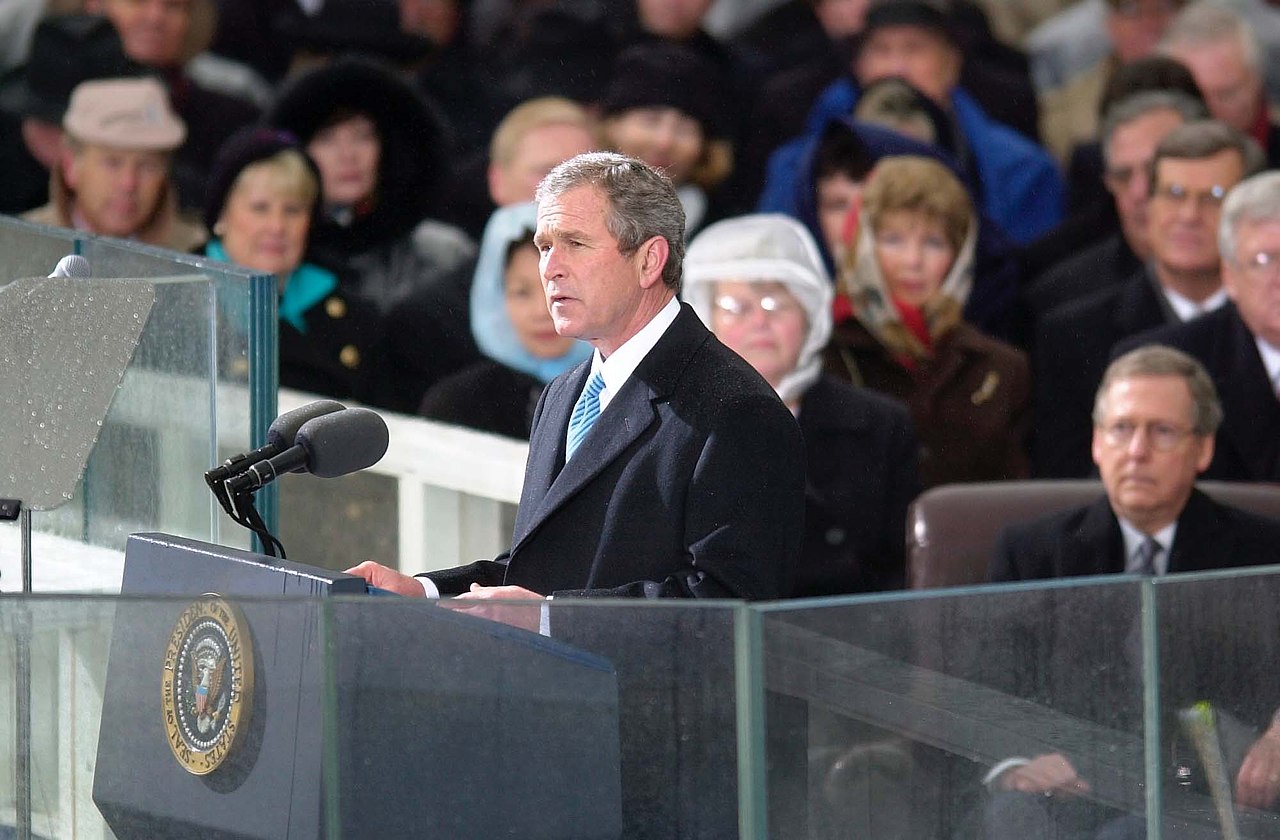 TSgt. Lou Briscese, USAF, Wikimedia Commons
TSgt. Lou Briscese, USAF, Wikimedia Commons
35: Benjamin Harrison
Served: March 4, 1889—March 4, 1893
Average Rank: 32.3
APSA: 31
Siena: 34
C-SPAN: 32
Historians praise his integrity and commitment to African Americans' voting rights—but generally view Harrison's presidency as rather uneventful.
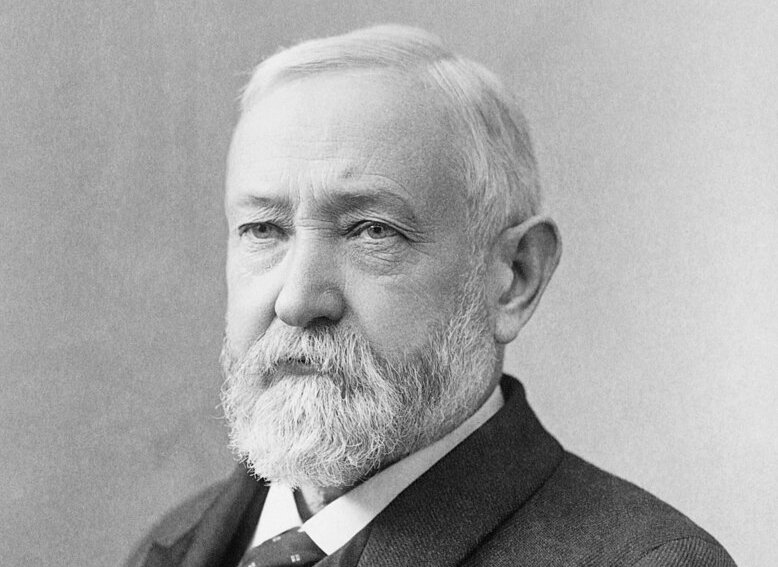 Pach Brothers, Wikimedia Commons
Pach Brothers, Wikimedia Commons
36 (Tie): Herbert Hoover
Served: March 4, 1929—March 4, 1933
Average Rank: 36.3
APSA: 36
Siena: 37
C-SPAN: 36
The stock market crash that set off the Great Depression happened during Hoover's first year in office and his response to the crisis was, shall we say, unimpressive—and his scapegoating of Mexican Americans was ugly.
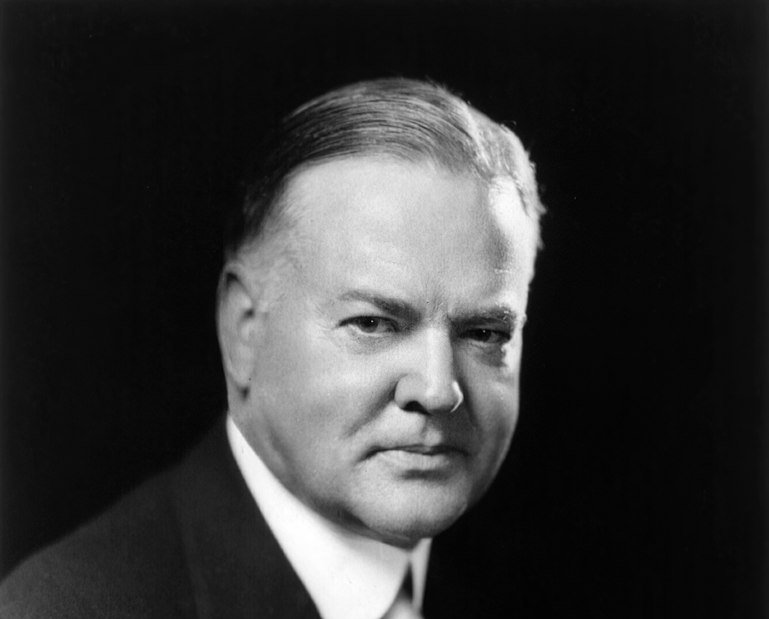 Library of Congress, Wikimedia Commons
Library of Congress, Wikimedia Commons
36 (Tie): Zachary Taylor
Served: March 4, 1849—July 9, 1850
Average Rank: 36.3
APSA: 38
Siena: 36
C-SPAN: 35
16 months into his presidency, Zachary Taylor passed away from a stomach disease. And while he is generally ranked low on the list, Taylor has been described as "more a forgettable president than a failed one".
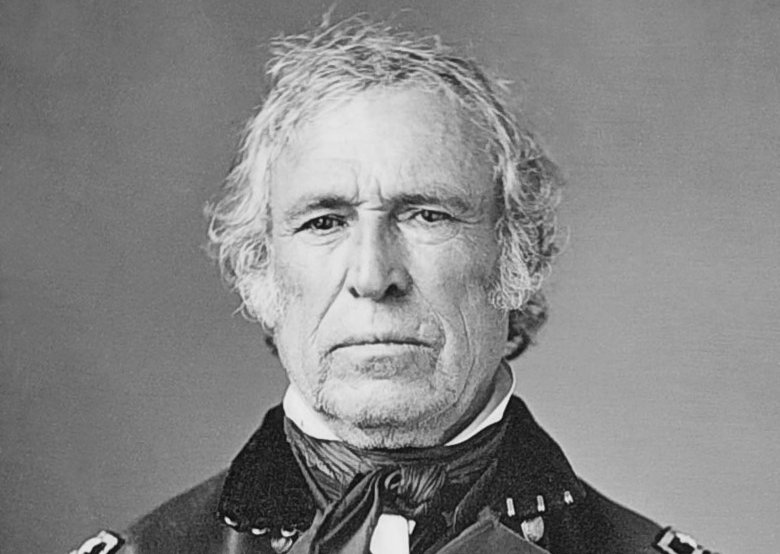 Unknown Author, Wikimedia Commons
Unknown Author, Wikimedia Commons
38 (Tie): John Tyler
Served: April 4, 1841—March 4, 1845
Average Rank: 38.3
APSA: 37
Siena: 39
C-SPAN: 39
Vice President Tyler succeeded to the presidency following the passing of president William Henry Harrison (we'll get to him soon). Another all but forgotten president.
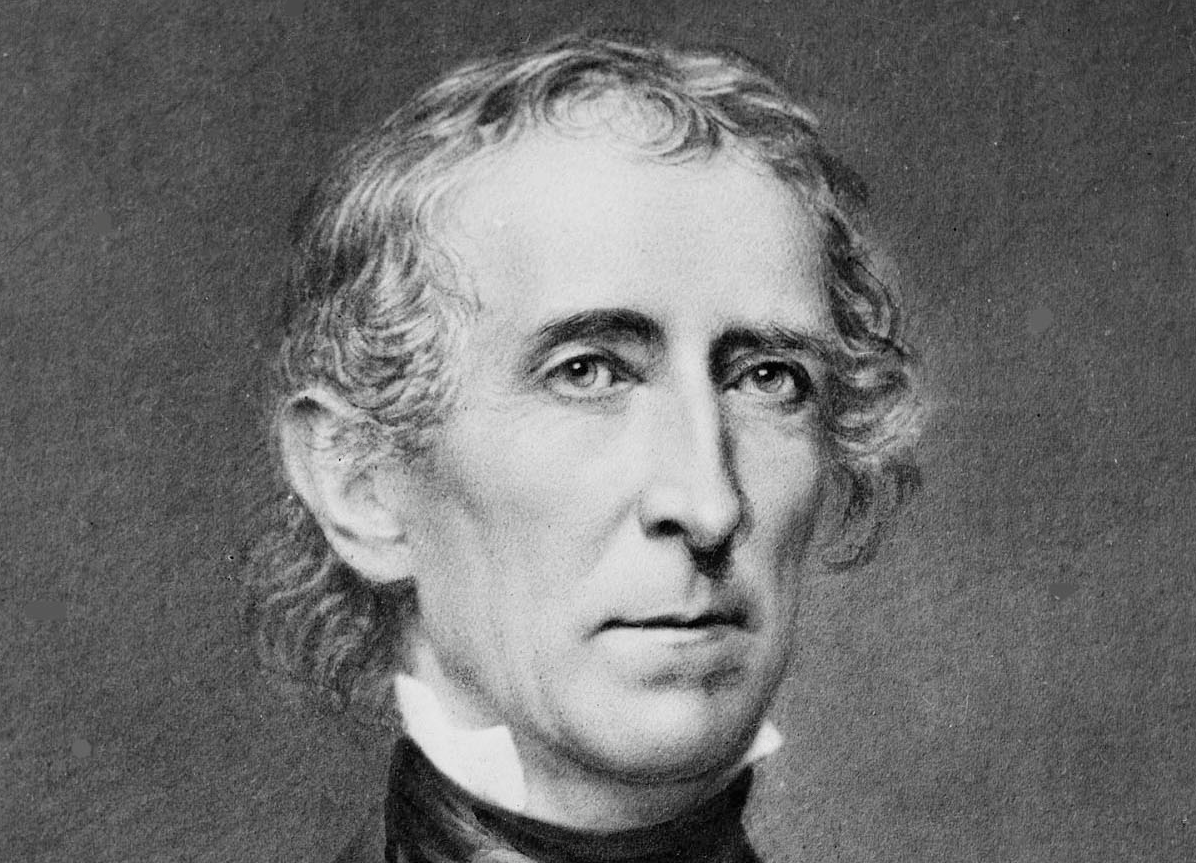 Matthew Brady, Wikimedia Commons
Matthew Brady, Wikimedia Commons
38 (Tie): Millard Fillmore
Served: July 9, 1850—March 4, 1853
Average Rank: 38.3
APSA: 39
Siena: 38
C-SPAN: 38
Another vice president who assumed the office following the passing of the president, Fillmore signed the Fugitive Slave Act, which required that escaped slaves be returned to their enslavers.
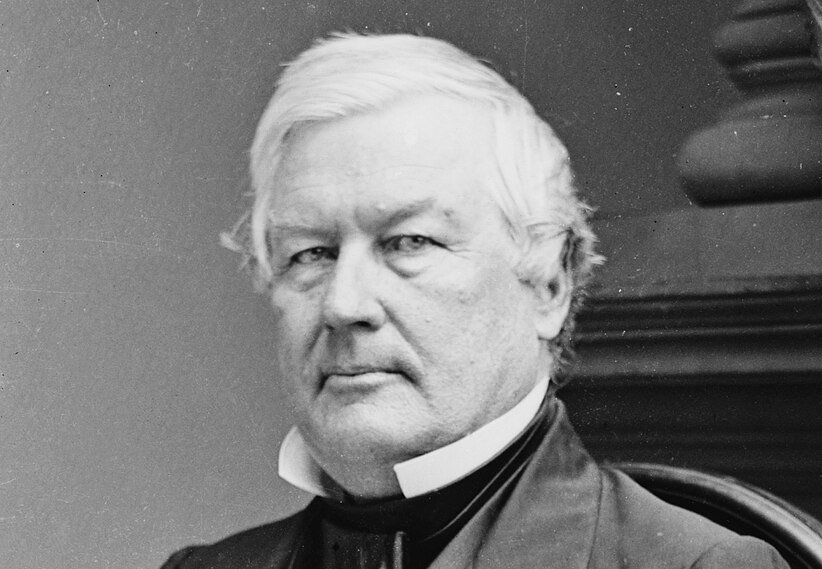 Mathew Benjamin Brady, Wikimedia Commons
Mathew Benjamin Brady, Wikimedia Commons
40: Warren G Harding
Served: March 4, 1921—August 2, 1923
Average Rank: 39.6
APSA: 40
Siena: 42
C-SPAN: 37
A very popular president when he left office, scandals revealed after his death began to tank his ranking among the populace and historians. And while his record has begun to be reassessed as of late—Harding still remains among the worst presidents in history.
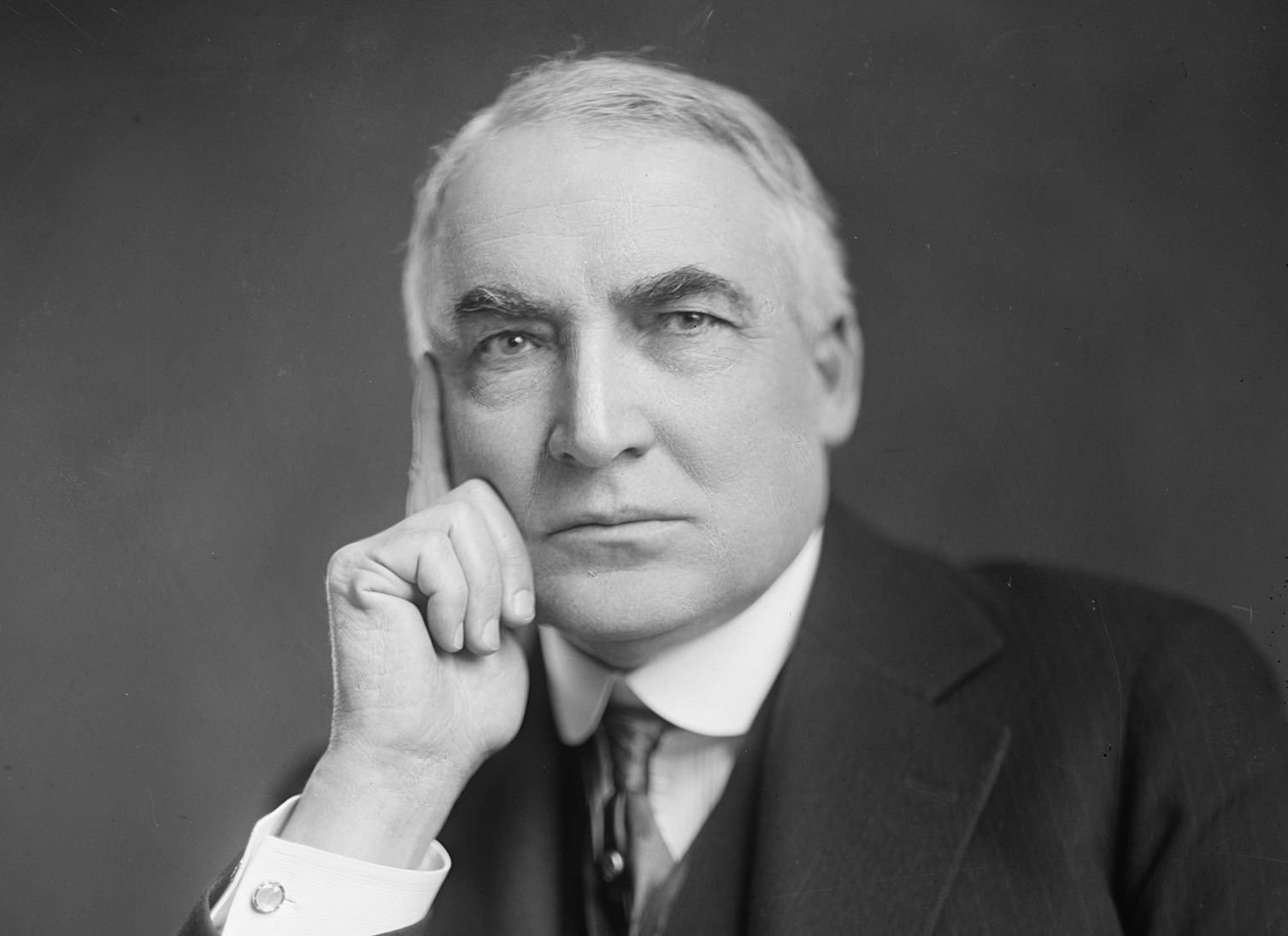 Harris & Ewing, Wikimedia Commons
Harris & Ewing, Wikimedia Commons
41: William H Harrison
Served: March 4, 1841—April 4, 1841
Average Rank: 40.3
APSA: 41
Siena: 40
C-SPAN: 40
Harrison didn't give historians much to judge him on given that he passed away after just 32 days in office.
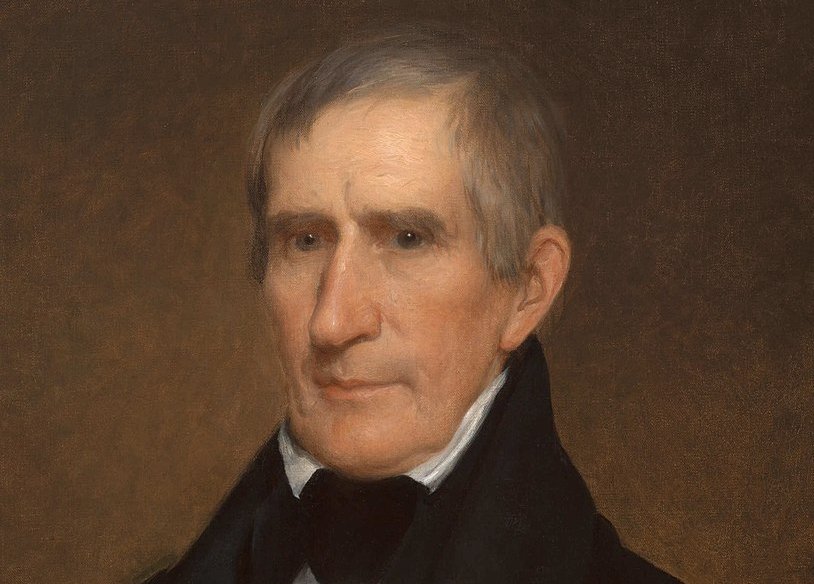 Albert Gallatin Hoit, Wikimedia Commons
Albert Gallatin Hoit, Wikimedia Commons
42: Franklin Pierce
Served: March 4, 1853—March 4, 1857
Average Rank: 41.6
APSA: 42
Siena: 41
C-SPAN: 42
His support of the South and his ineffectiveness in holding the Union together have led historians to view Pierce as one of the worst presidents.
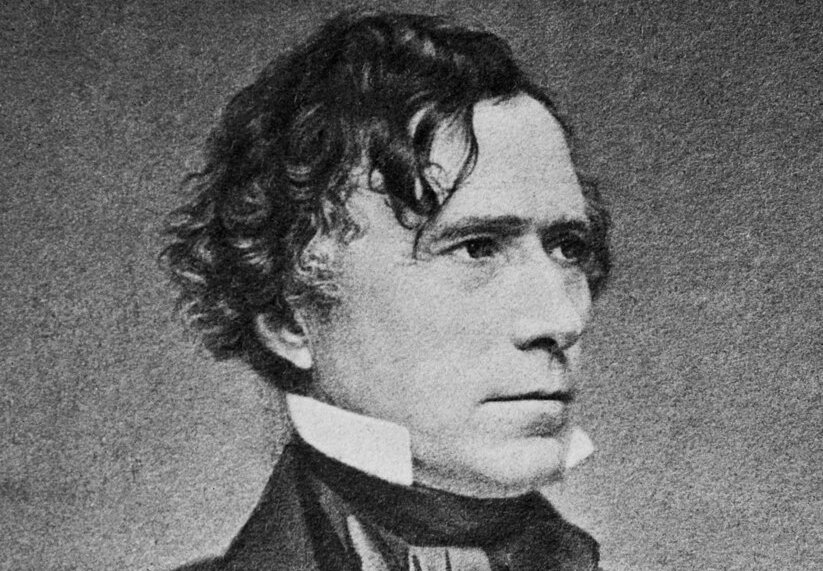 Mathew Benjamin Brady, Wikimedia Commons
Mathew Benjamin Brady, Wikimedia Commons
43: Donald Trump
Served: January 20, 2017—January 20, 2021; January 20, 2025—Present
Average Rank: 41.6
APSA: 45
Siena: 43
C-SPAN: 41
A history of false statements, poor handling of the Covid pandemic, and two impeachments led to Trump's low rankings among scholars and historians. And that was just the first term.
44: Andrew Johnson
Served: April 15, 1865—March 4, 1869
Average Rank: 43.6
APSA: 43
Siena: 45
C-SPAN: 43
Johnson had massive shoes to fill after taking over the presidency following the assassination of Lincoln. And according to historians, he didn't fill them very well. Impeached in 1868, he was acquitted in the senate by just one vote.
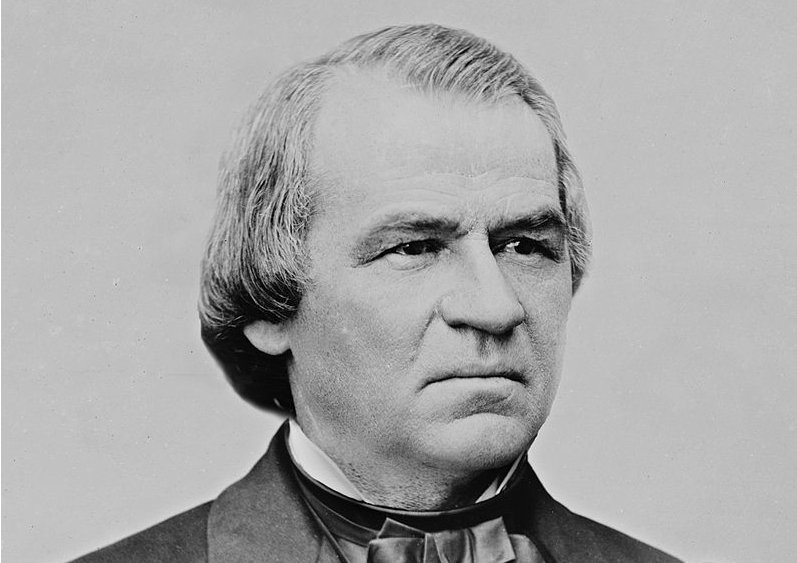 Mathew Benjamin Brady, Wikimedia Commons
Mathew Benjamin Brady, Wikimedia Commons
45: James Buchanan
Served: March 4, 1857—March 4, 1861
Average Rank: 44
APSA: 44
Siena: 44
C-SPAN: 44
His failure of leadership in the years leading up to the Civil War have been called "incompetent".
You might also like:
The Day Ronald Reagan Was Shot
42 Honest Facts About Abraham Lincoln
45 Presidential Facts About John F. Kennedy
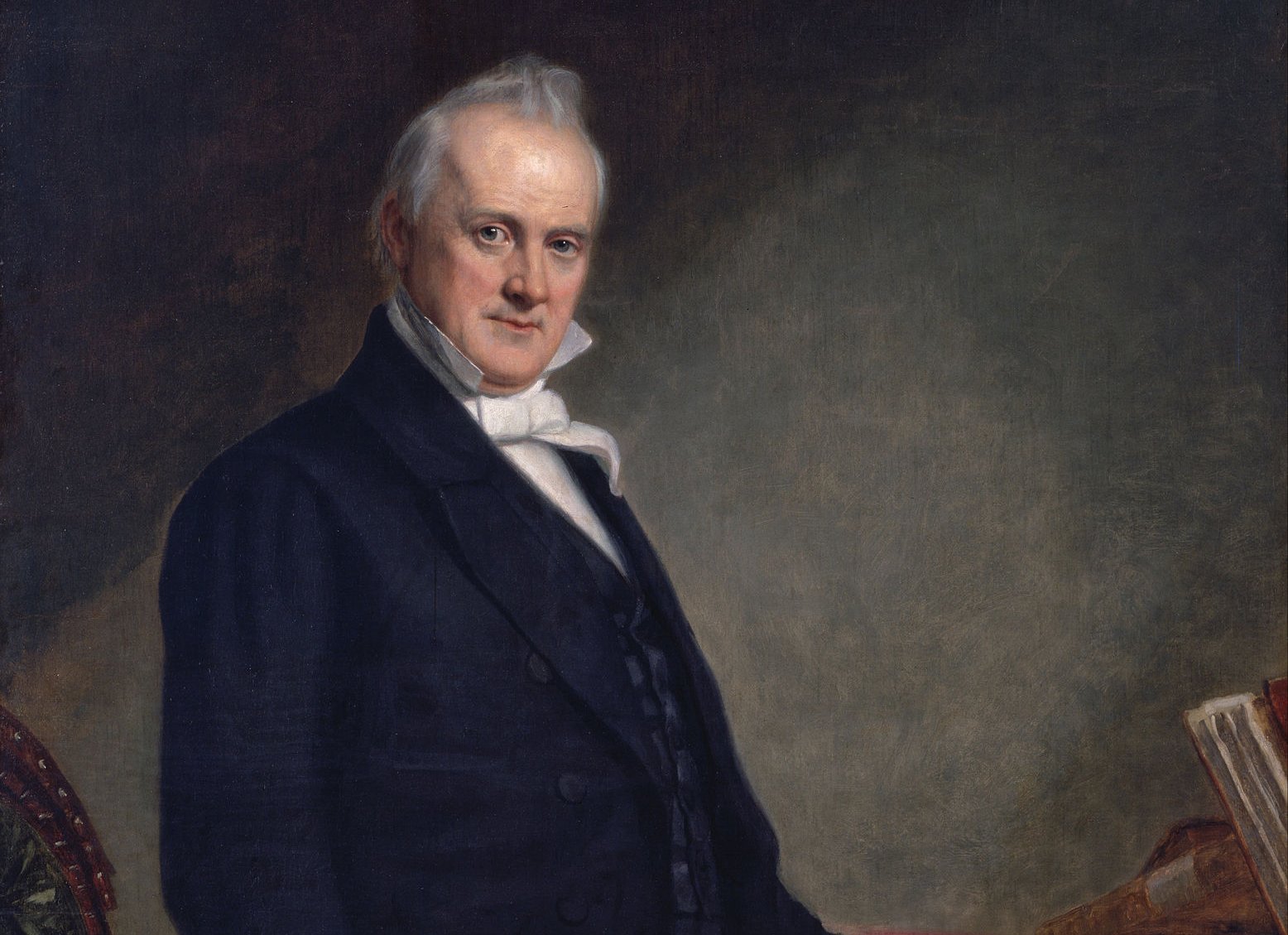 George Peter Alexander Healy, Wikimedia Commons
George Peter Alexander Healy, Wikimedia Commons










